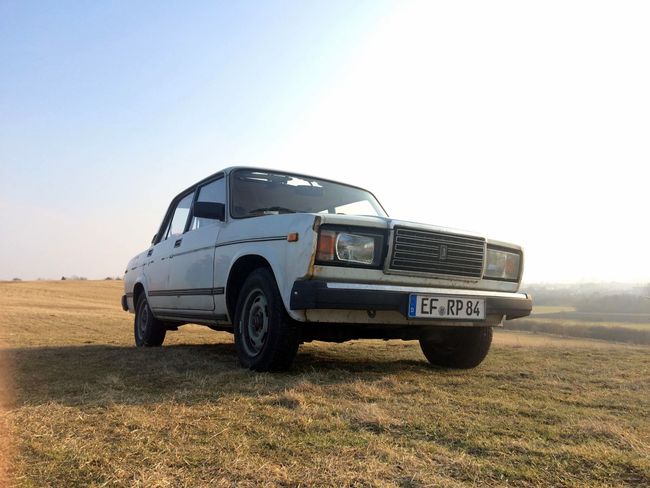Iran - Balochistan
Publicerad: 26.07.2018
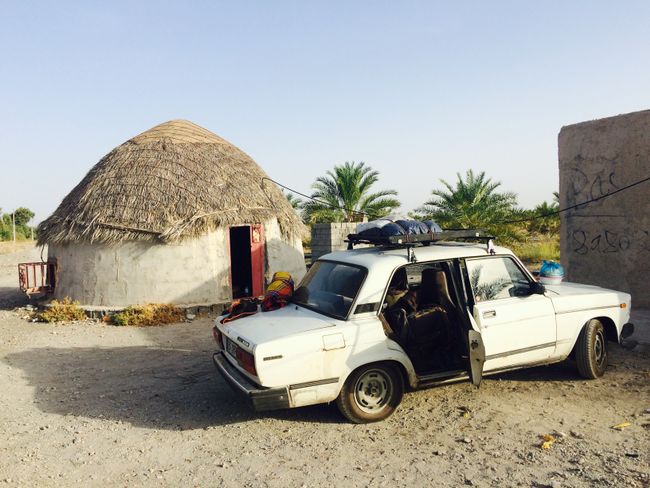
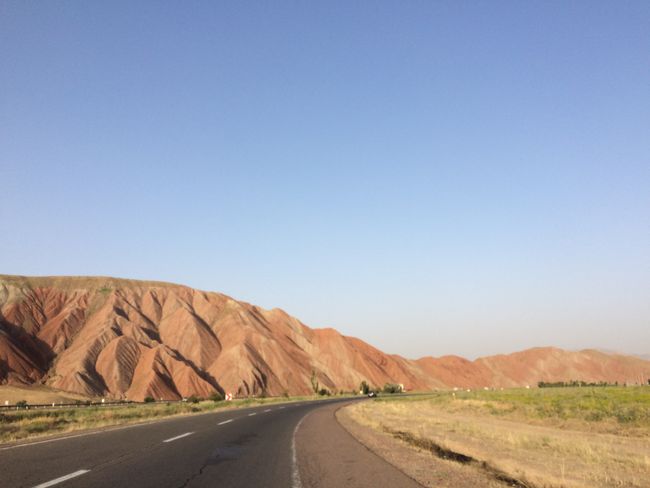
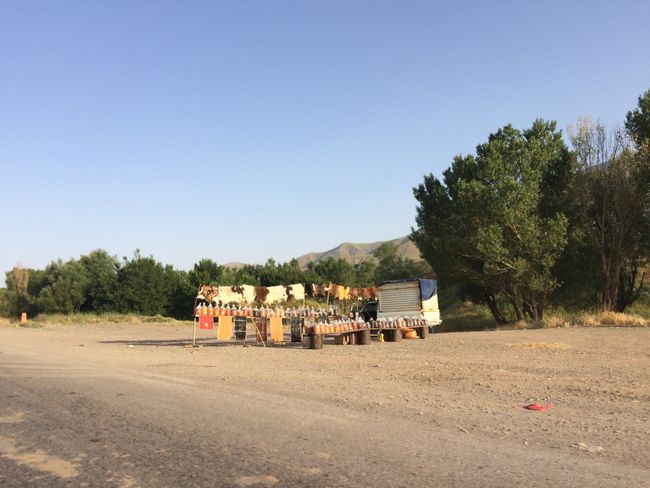
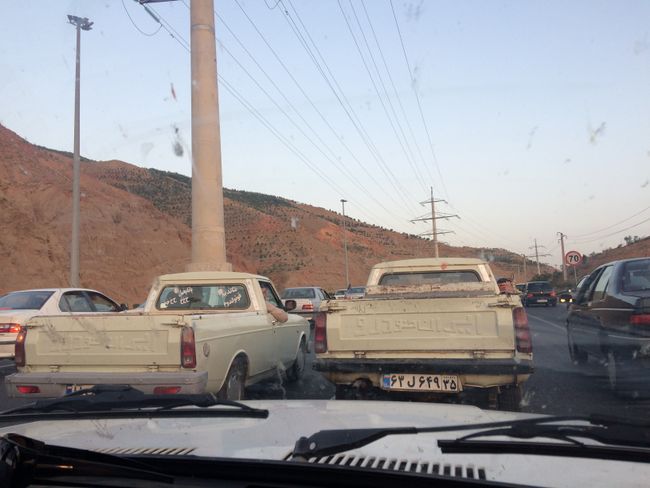
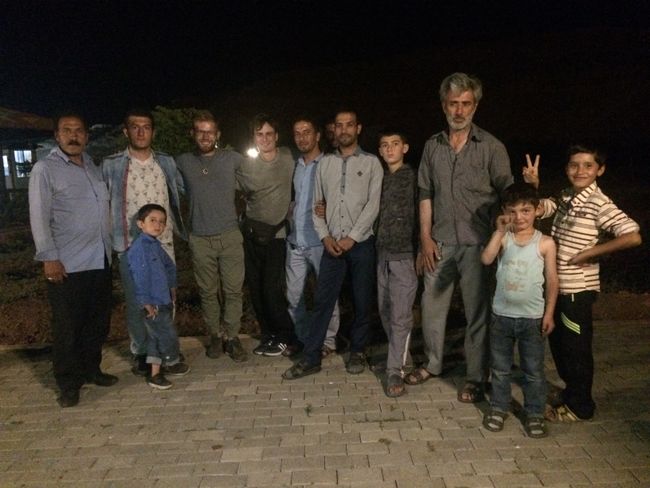
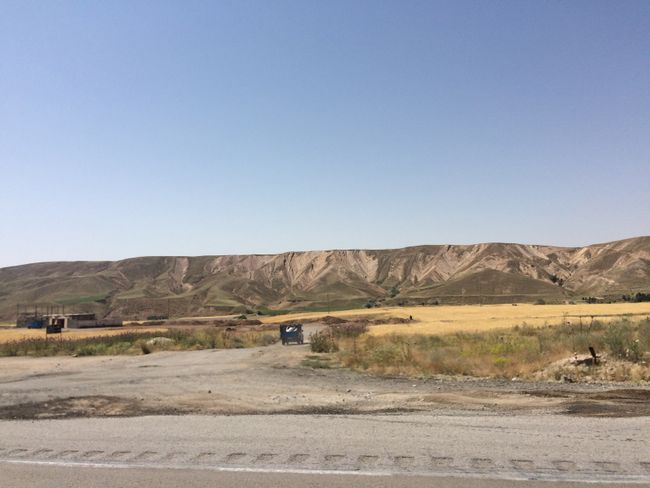
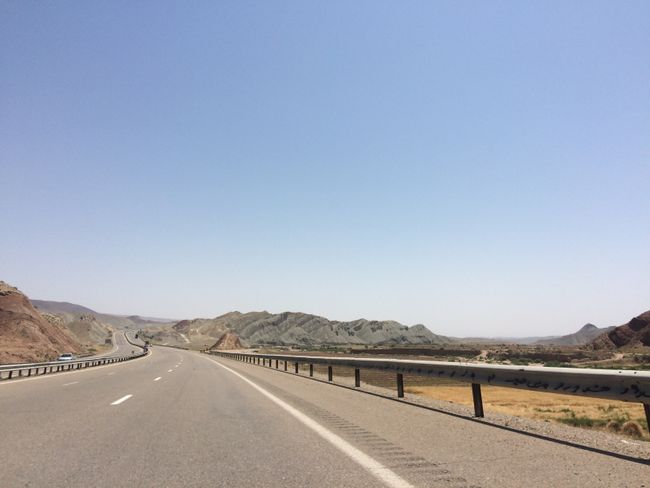
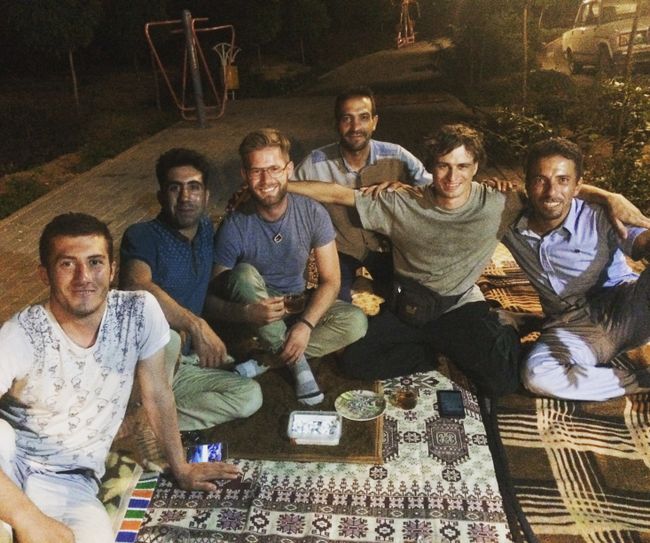
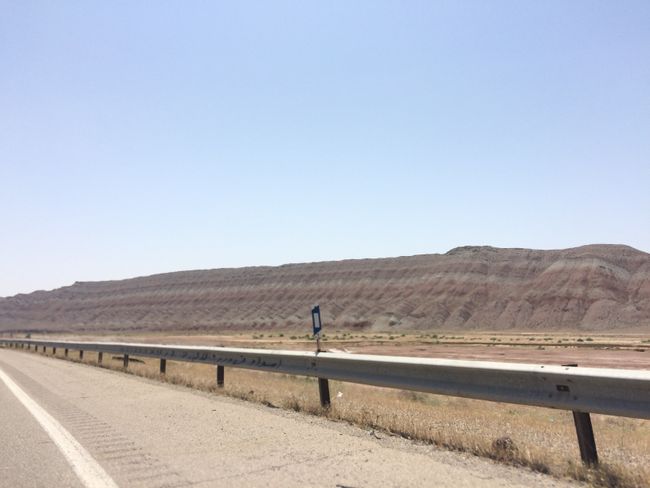
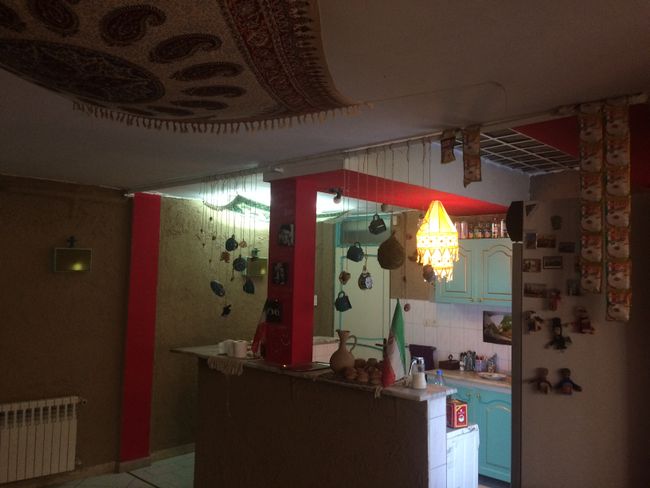
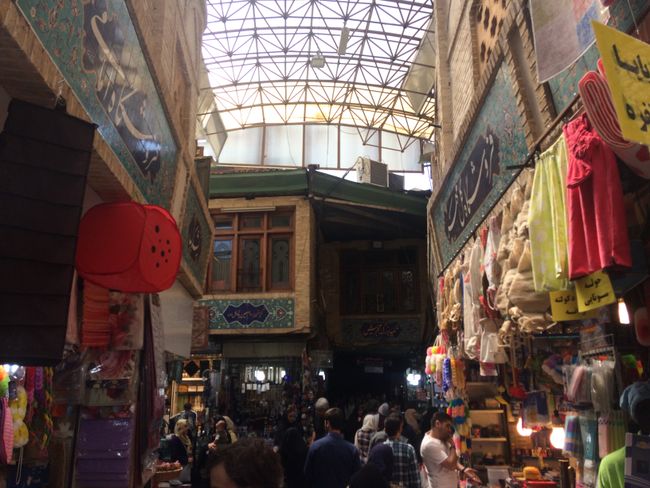
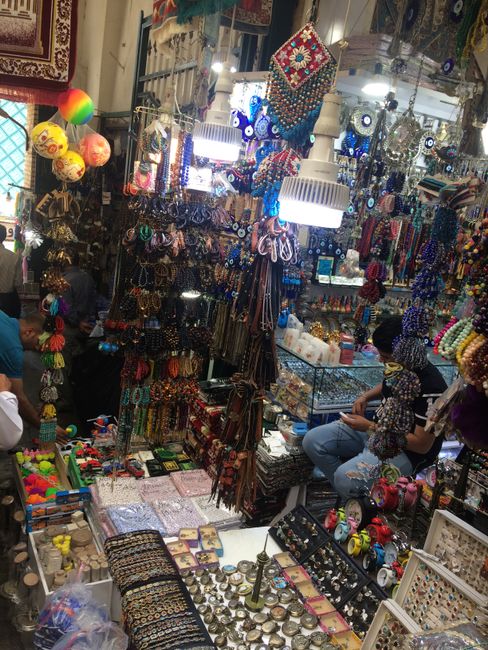
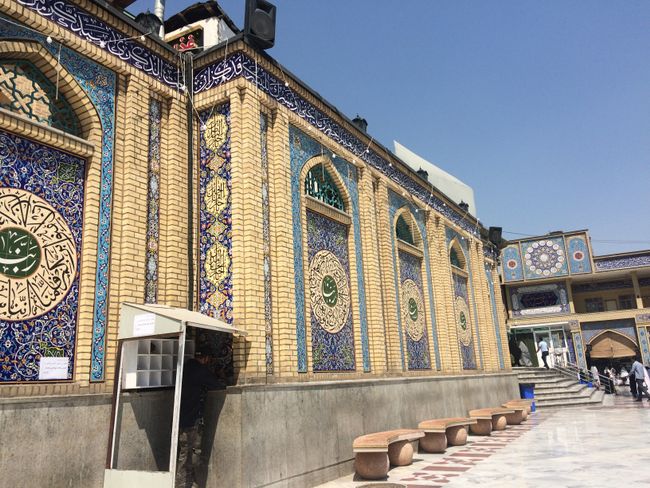
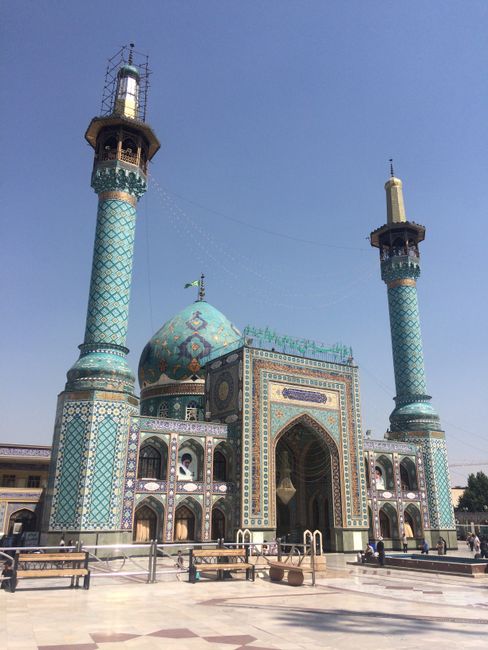
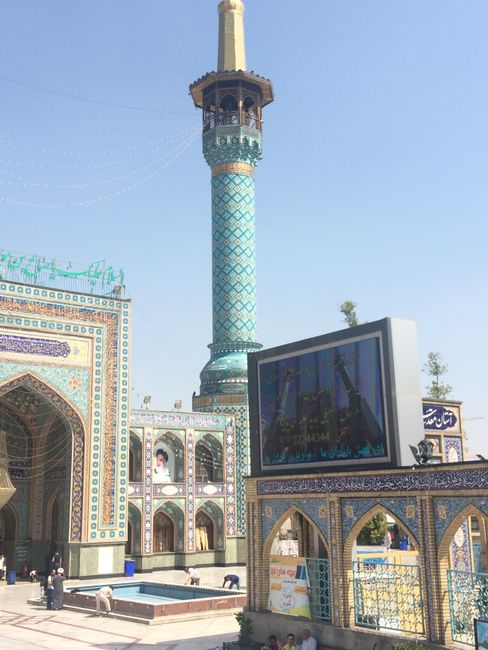
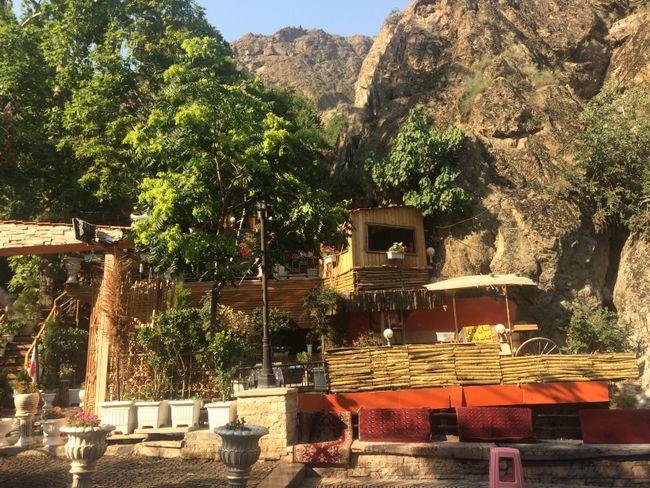
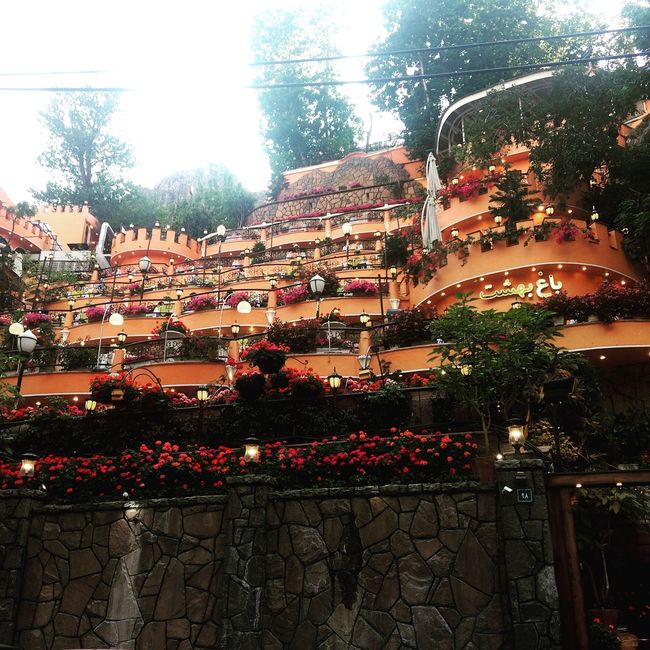
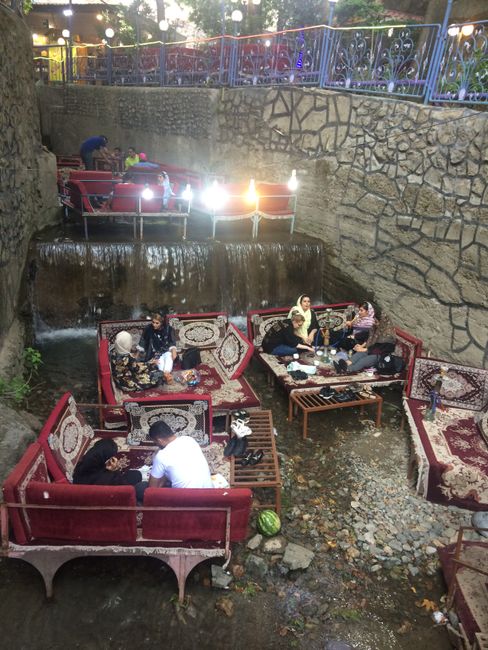
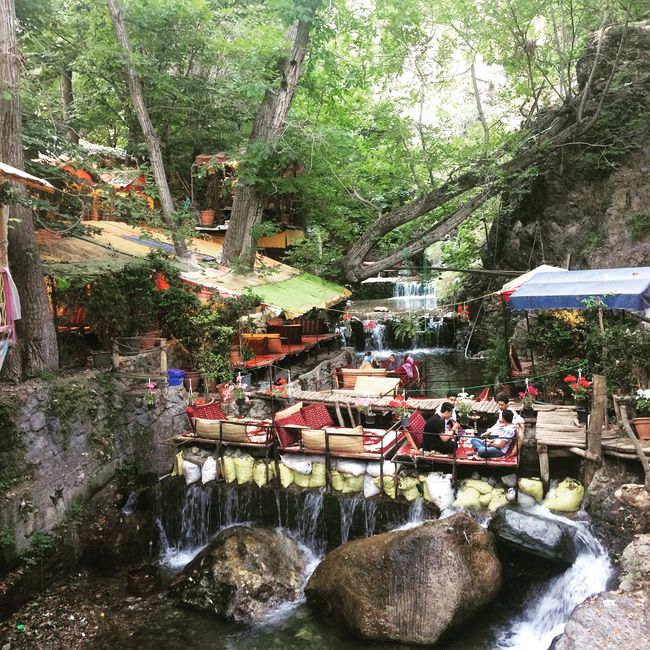
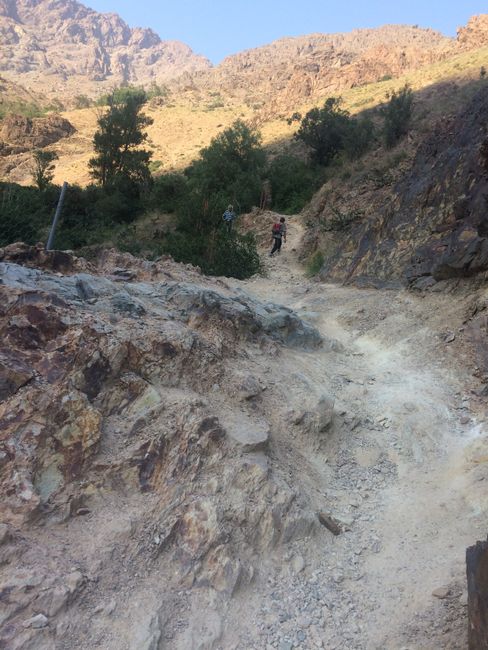
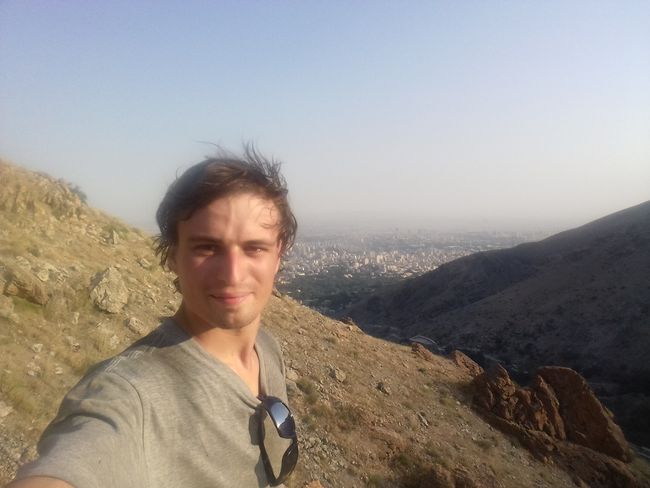

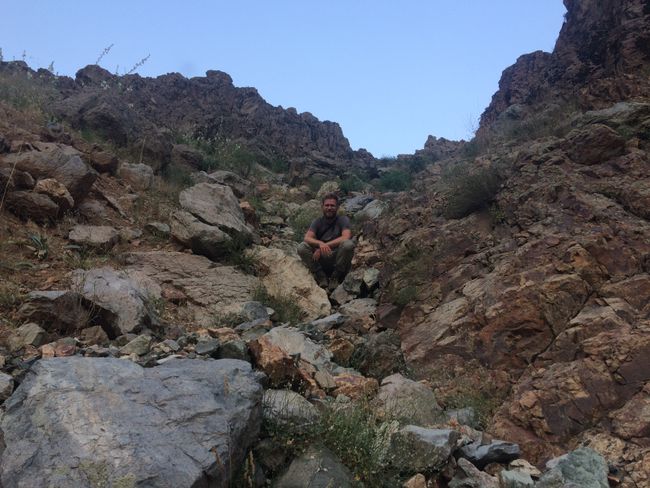
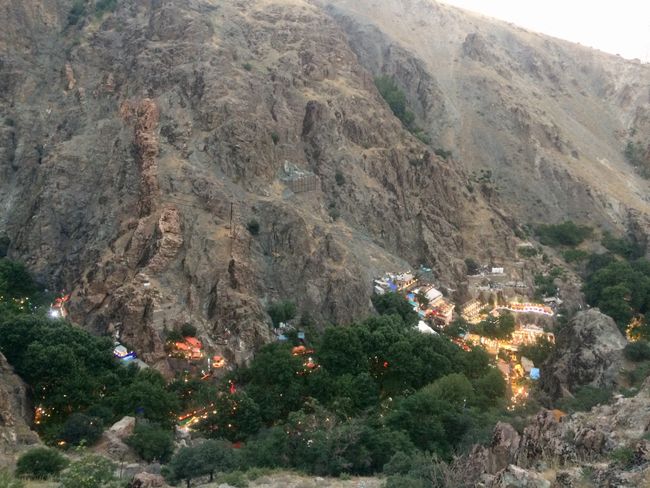
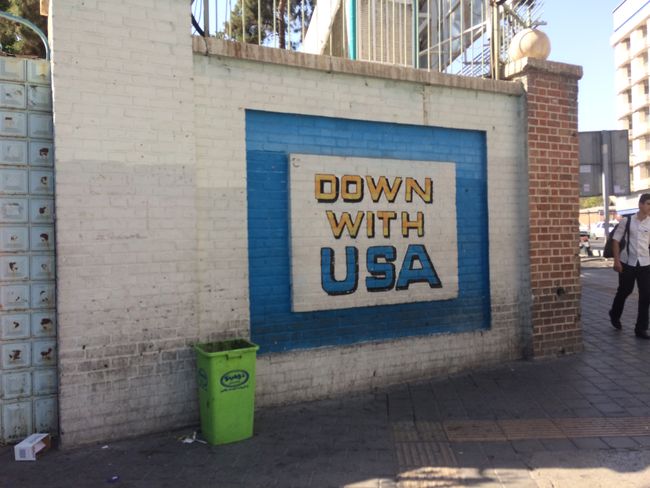
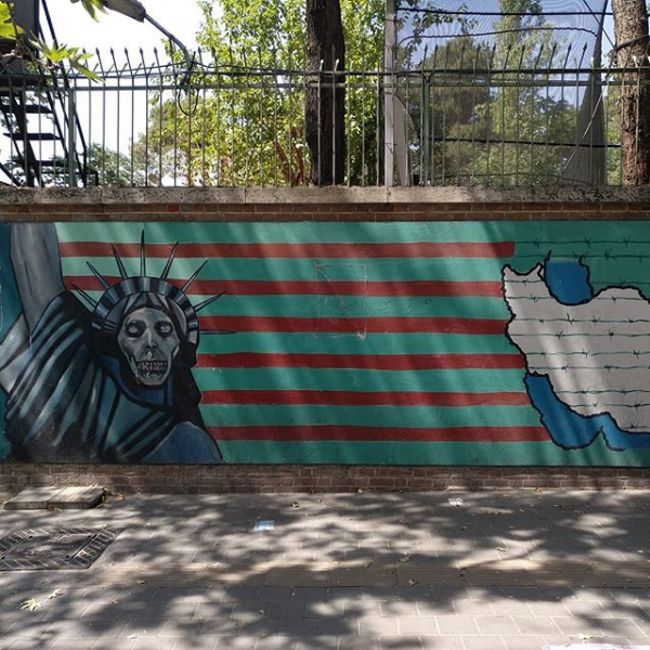
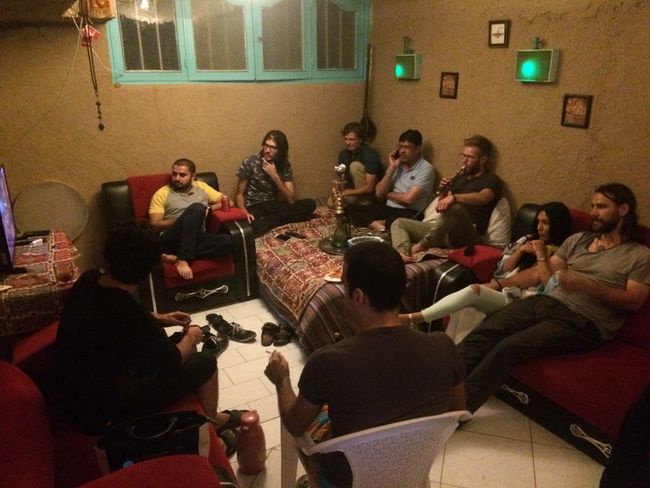
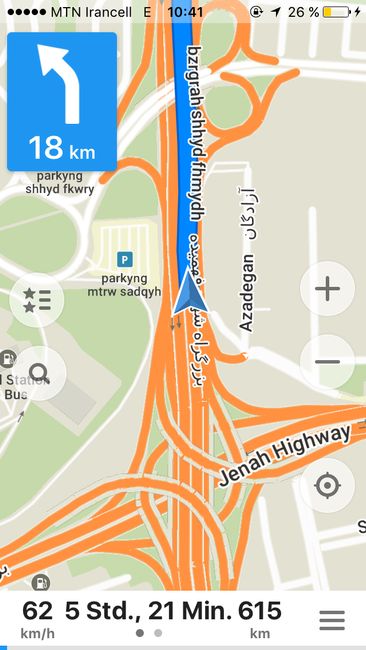
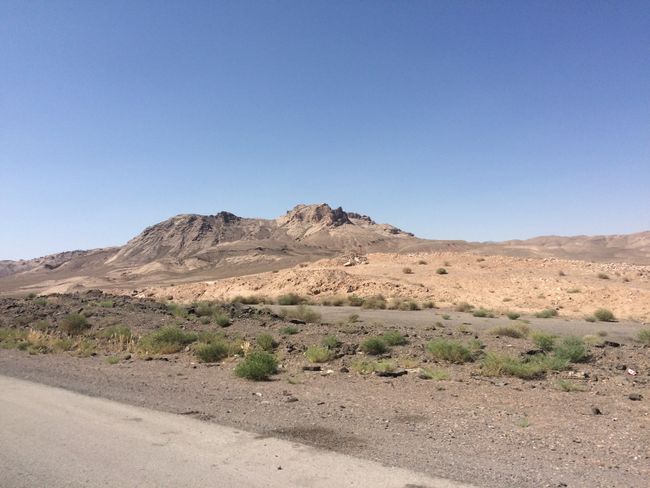
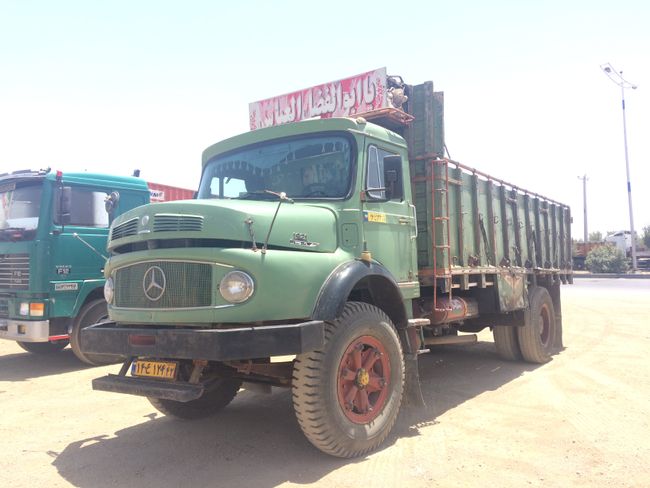
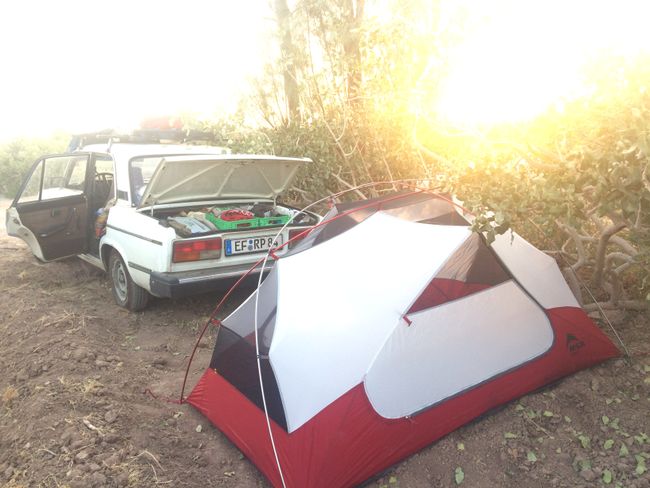
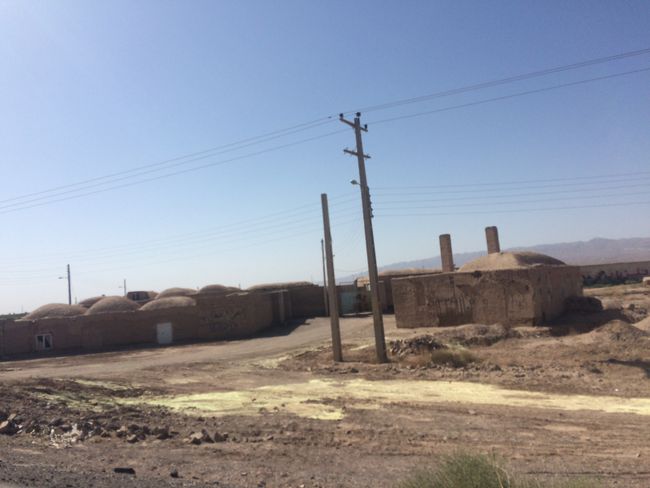
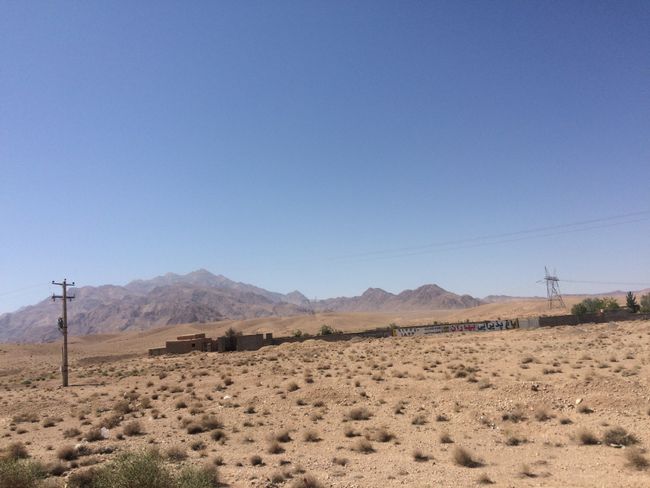
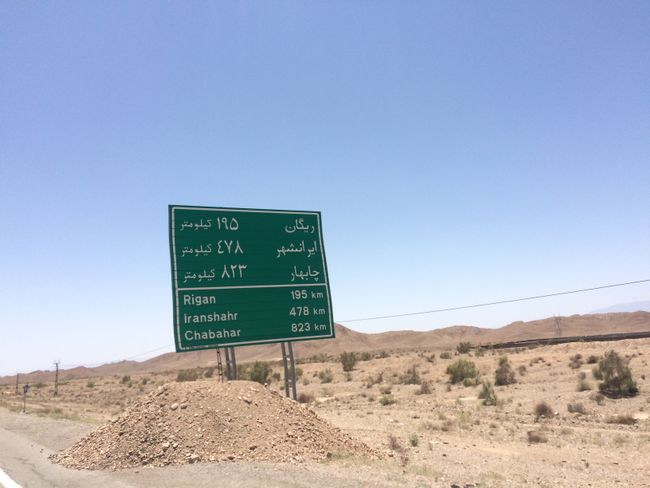
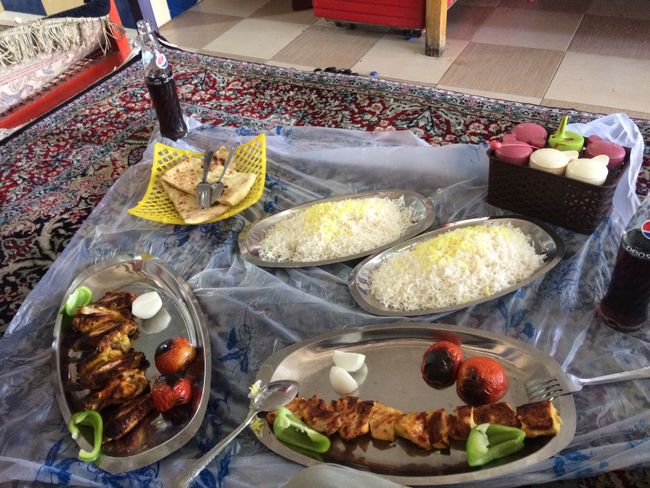
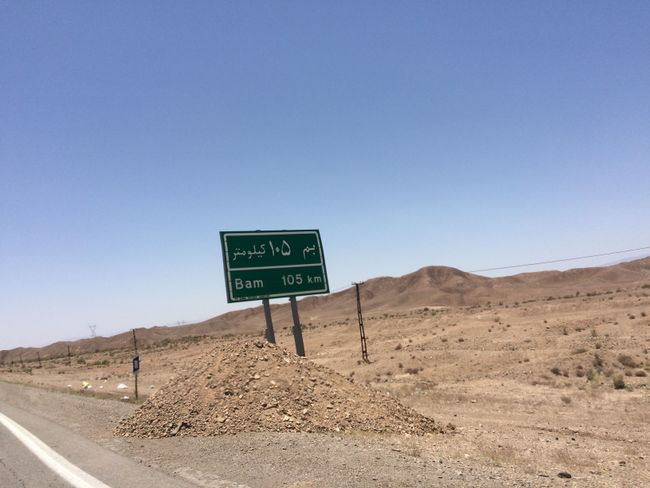
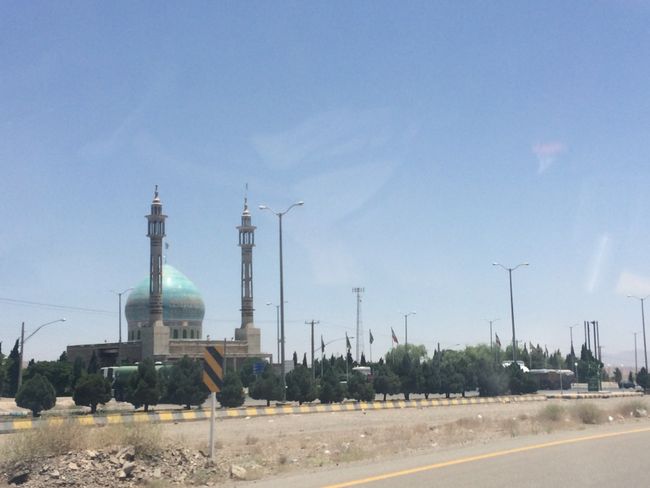
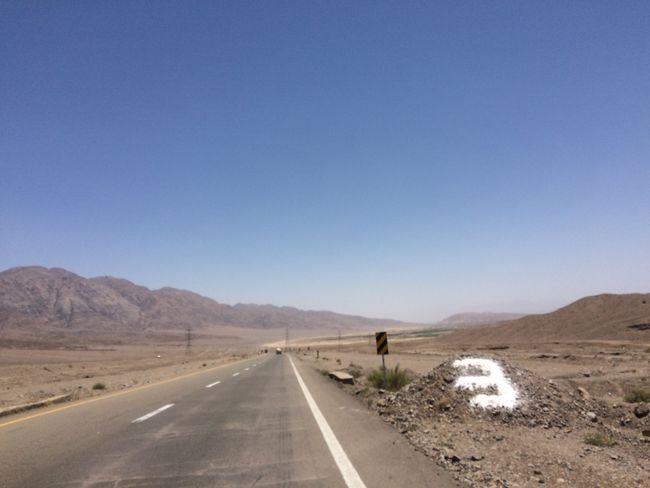
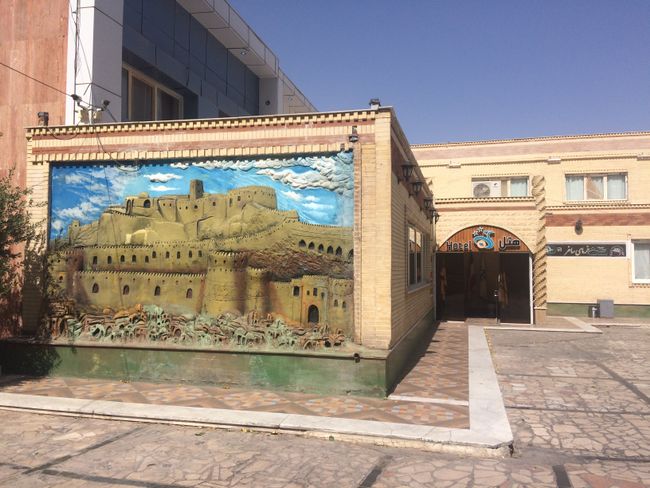
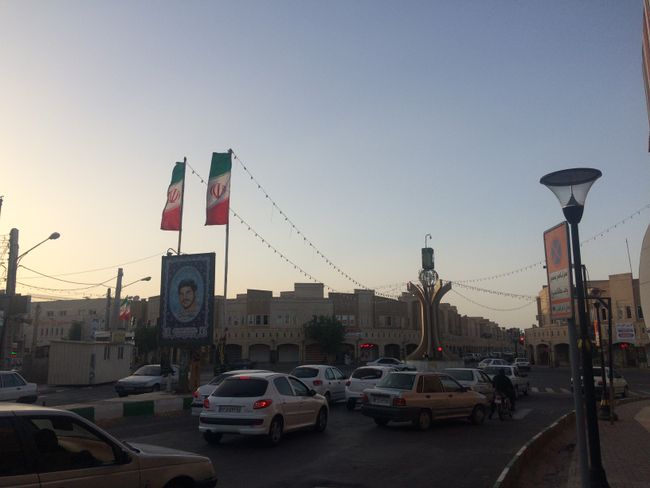
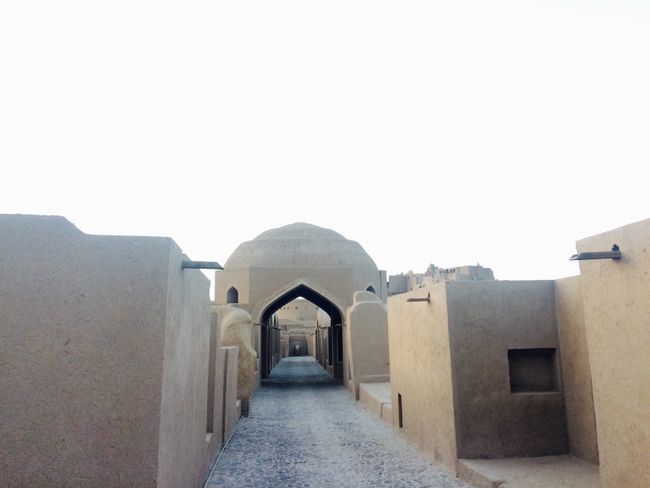
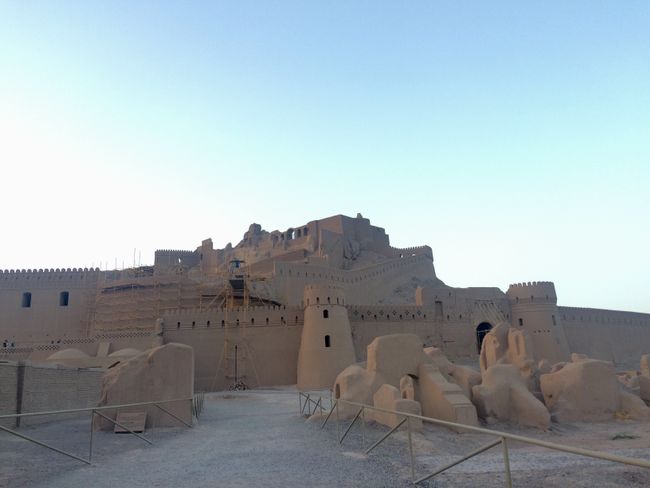
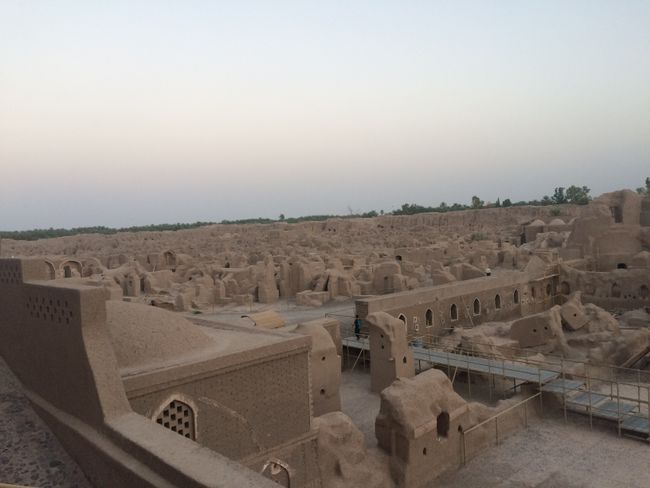
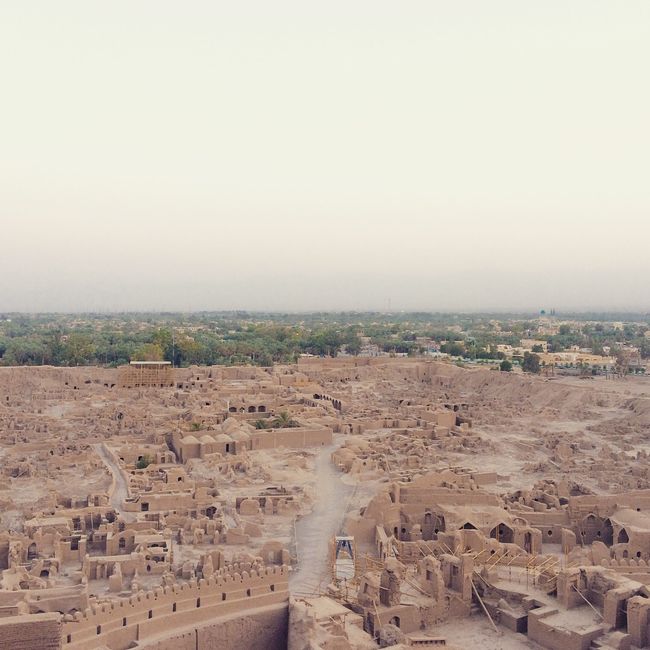
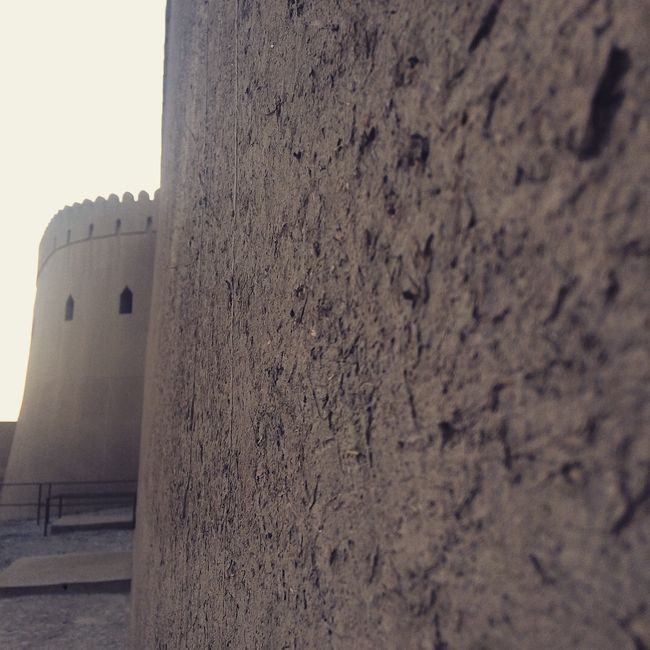
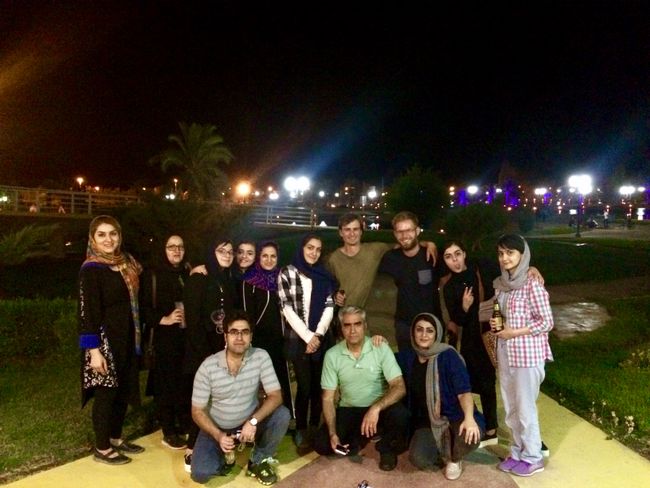
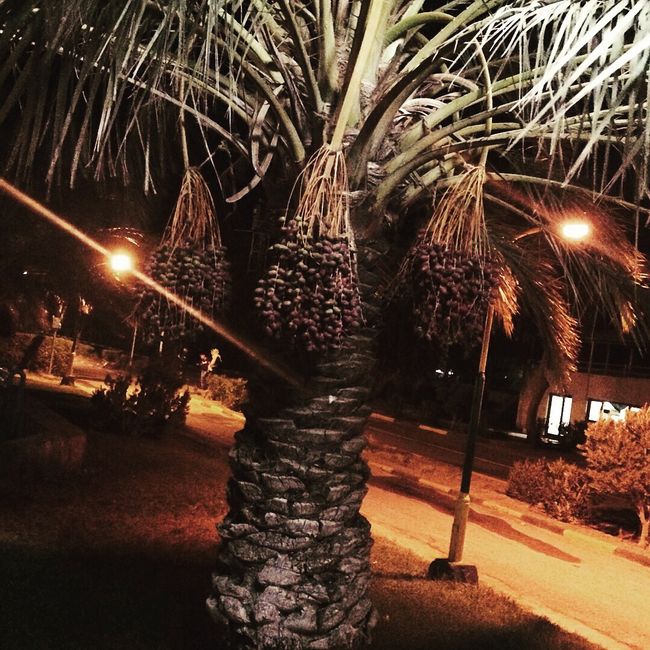
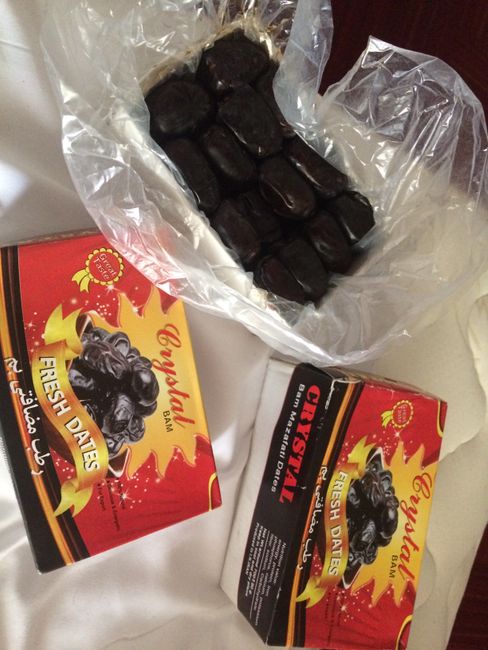
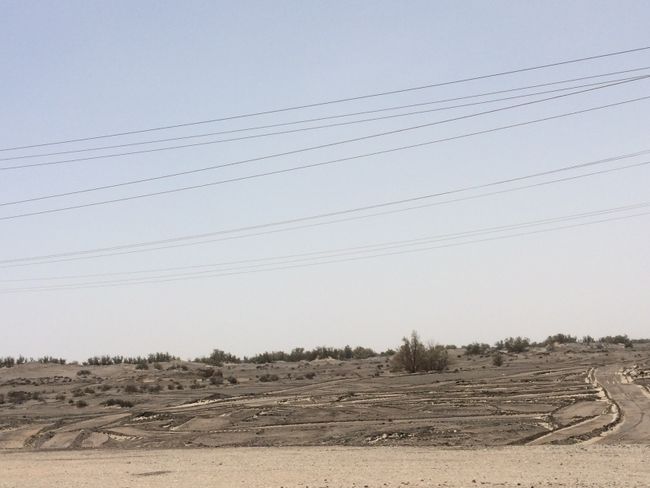
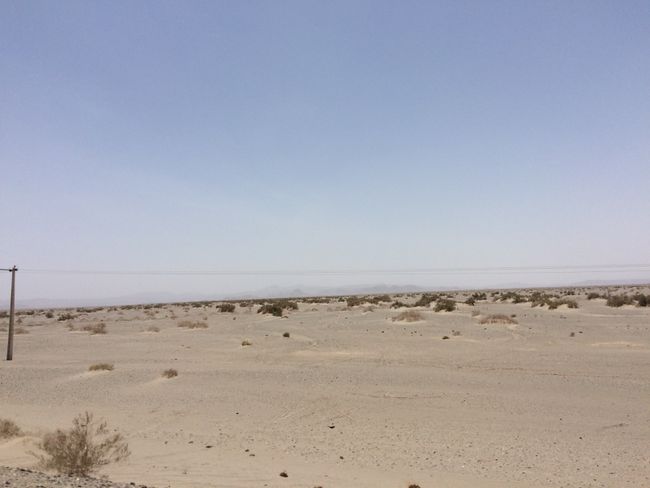
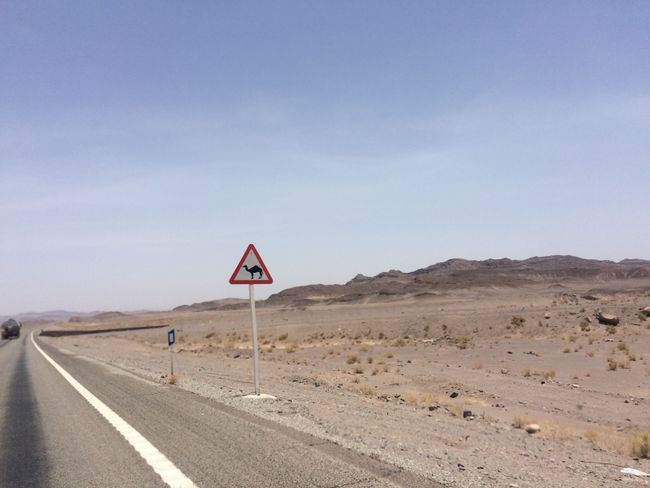
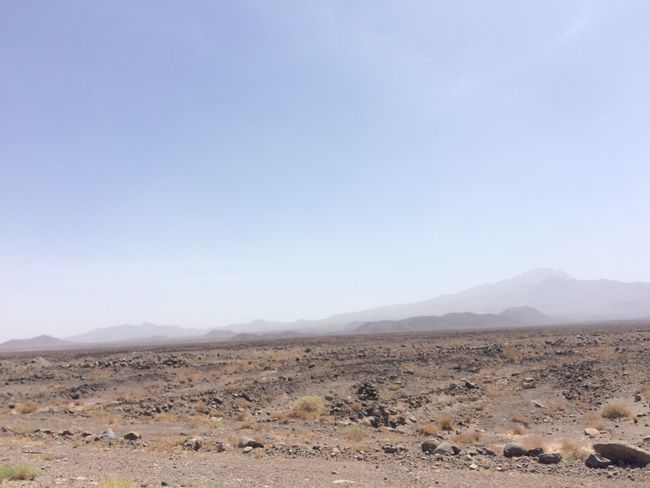
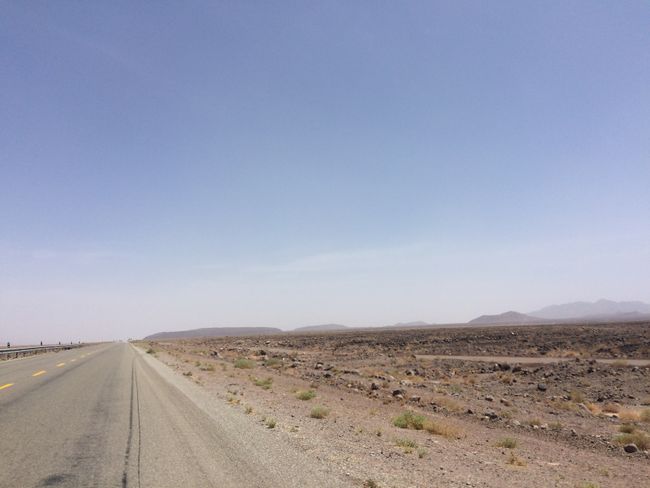

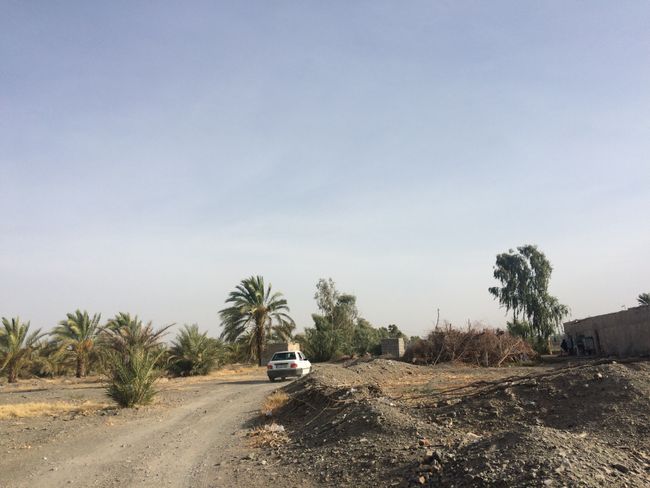
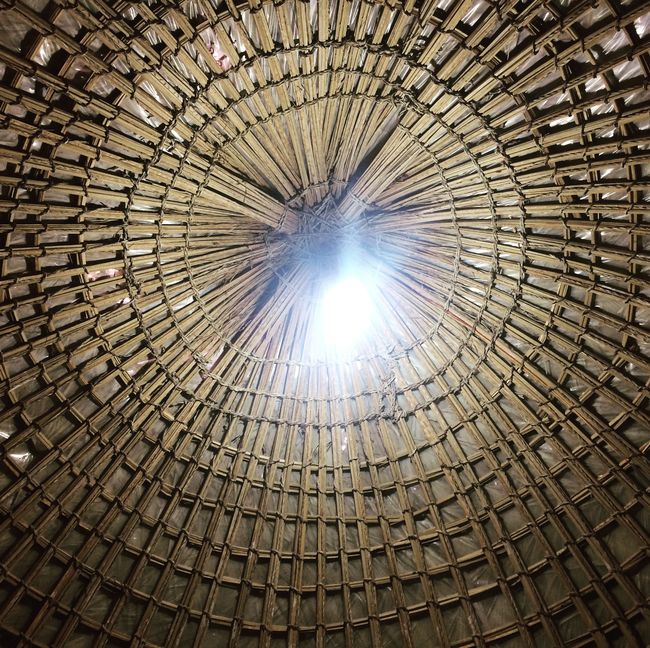
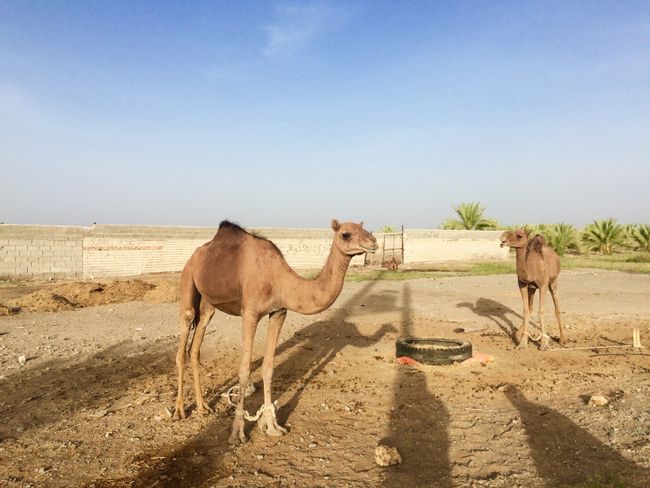
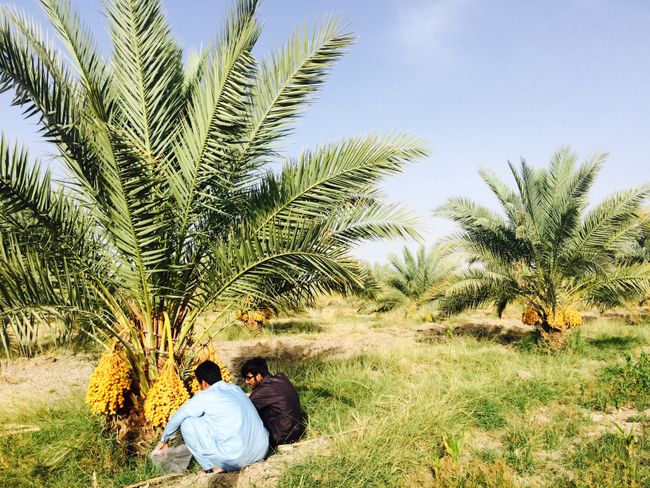
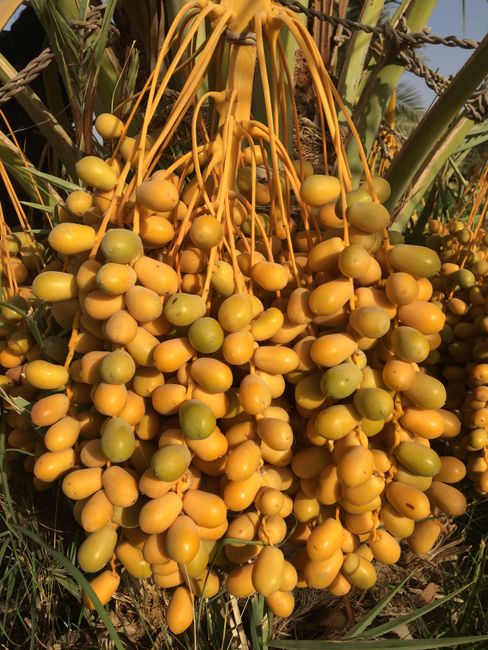
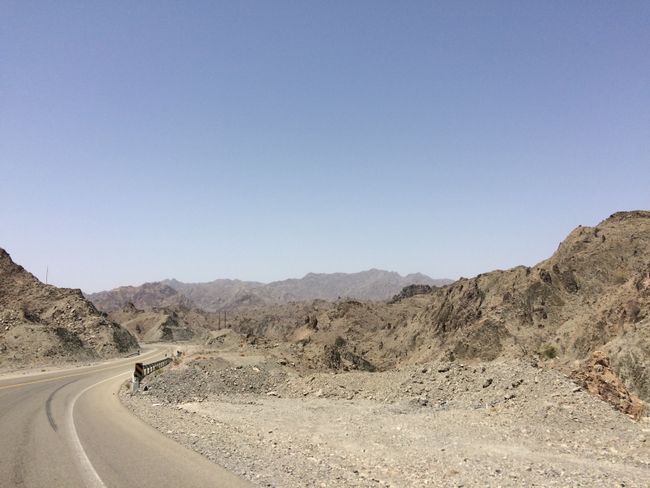
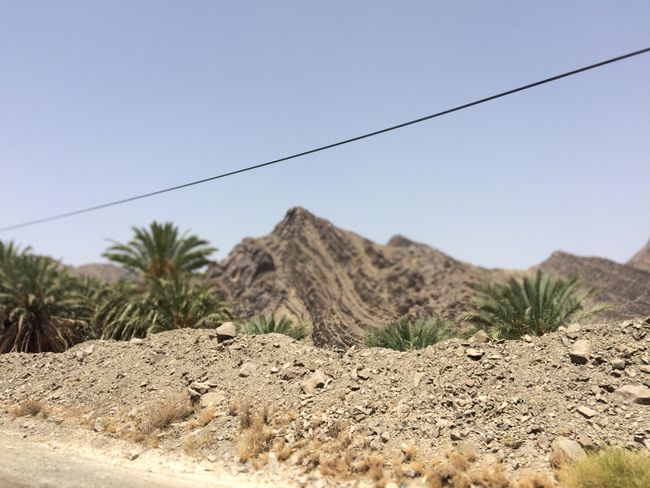
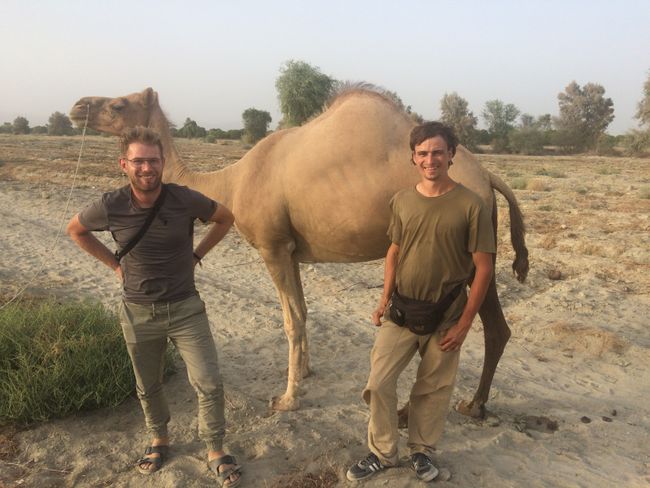
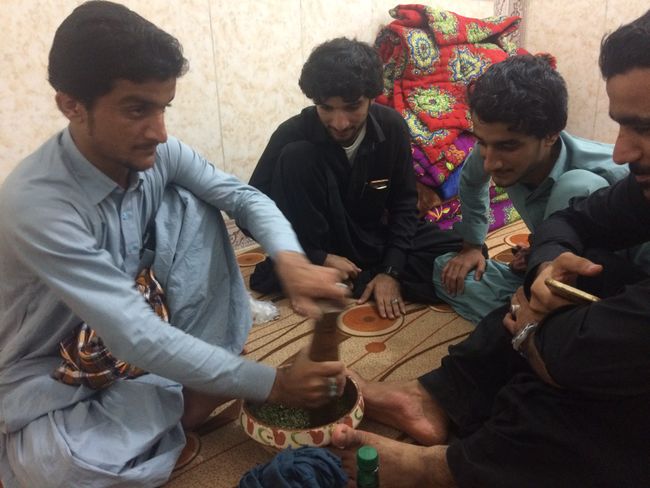
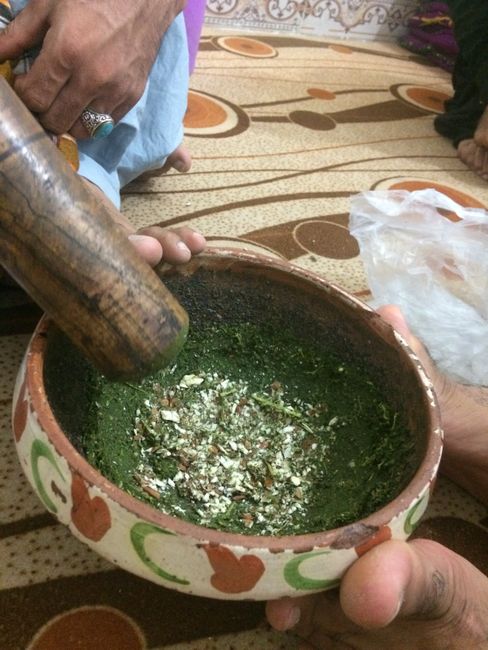
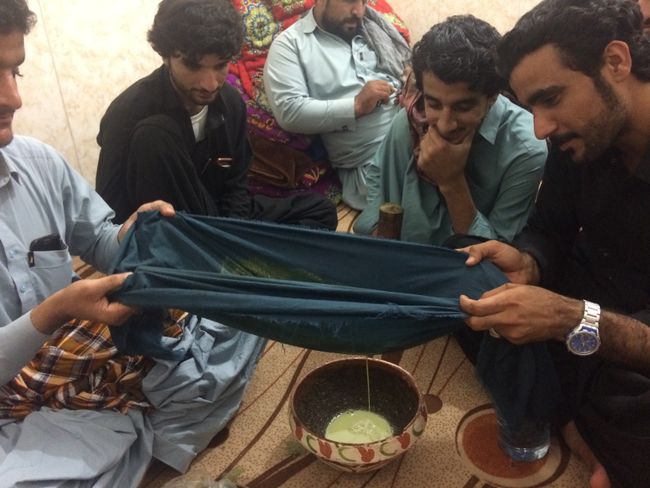
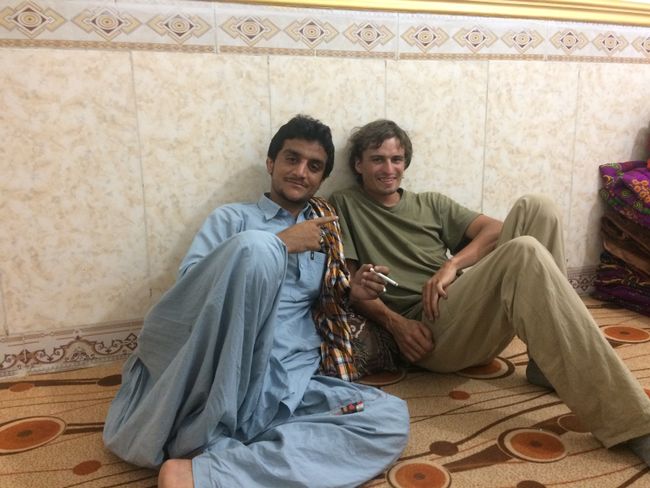

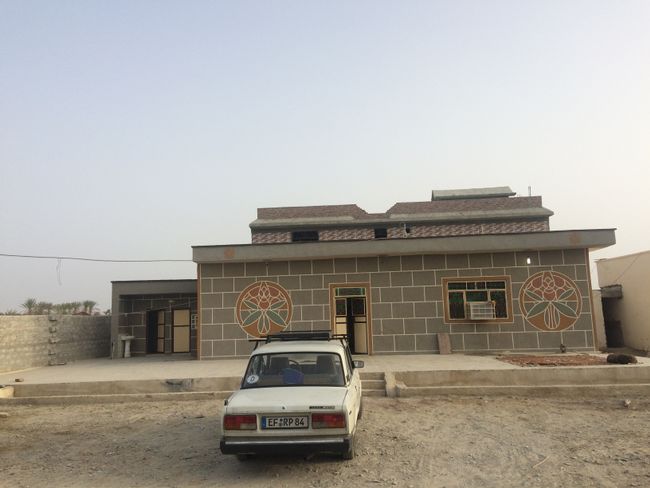
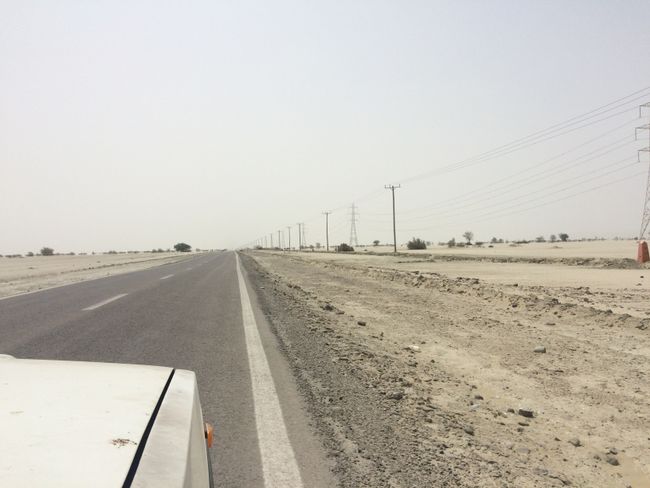
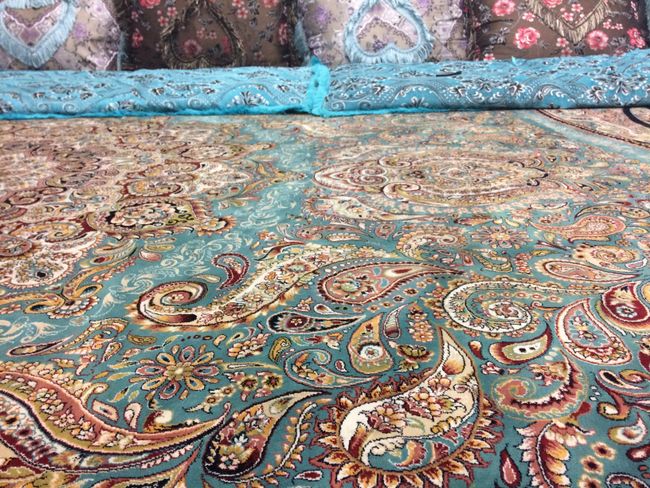
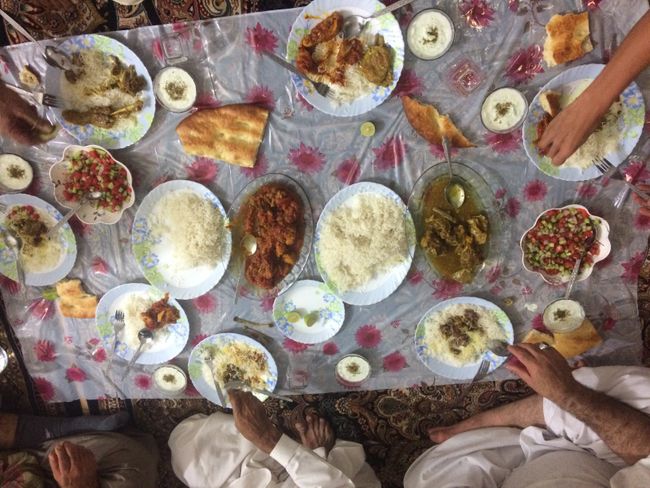
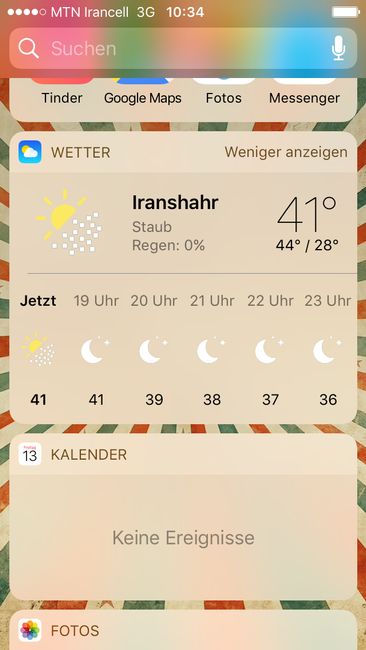
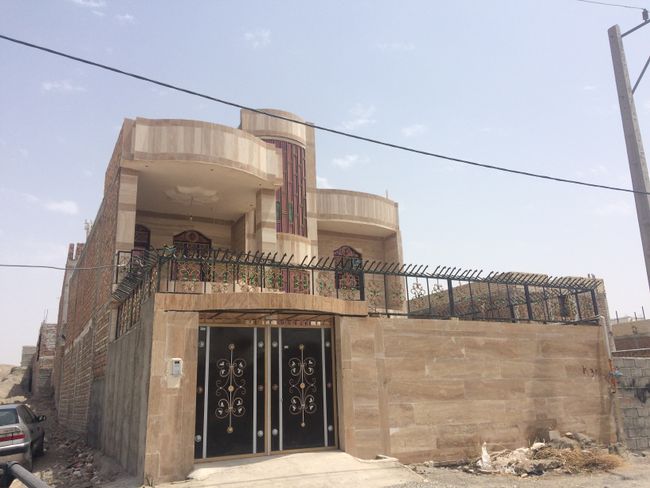
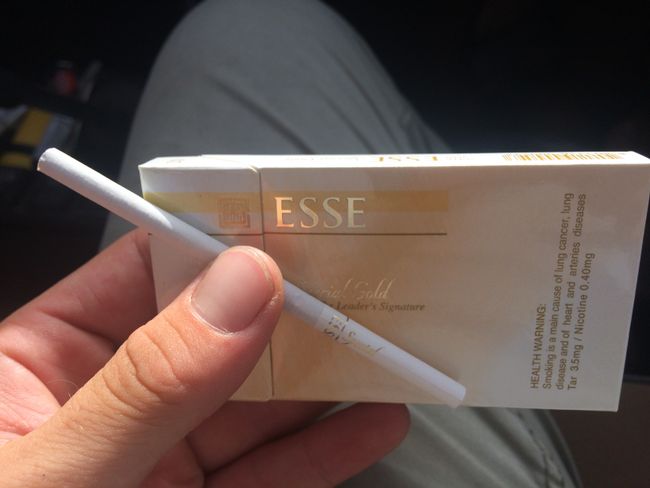
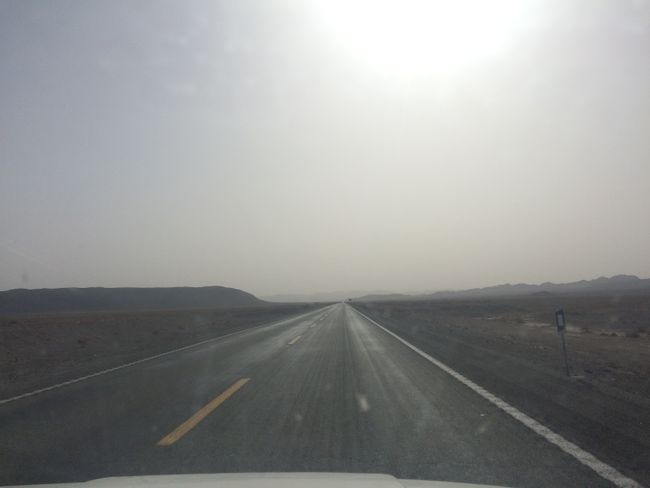
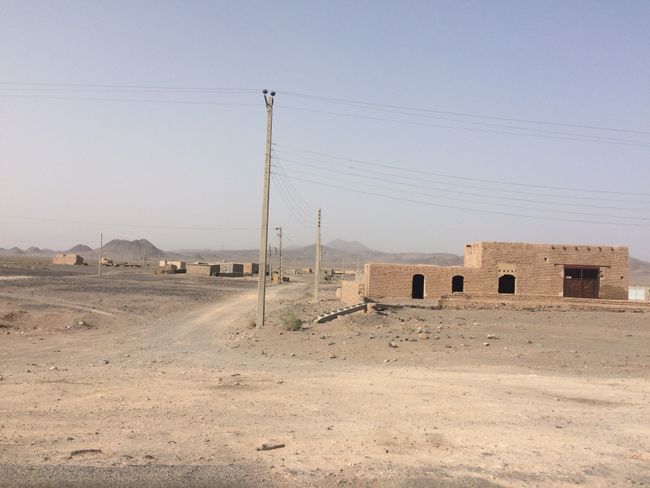
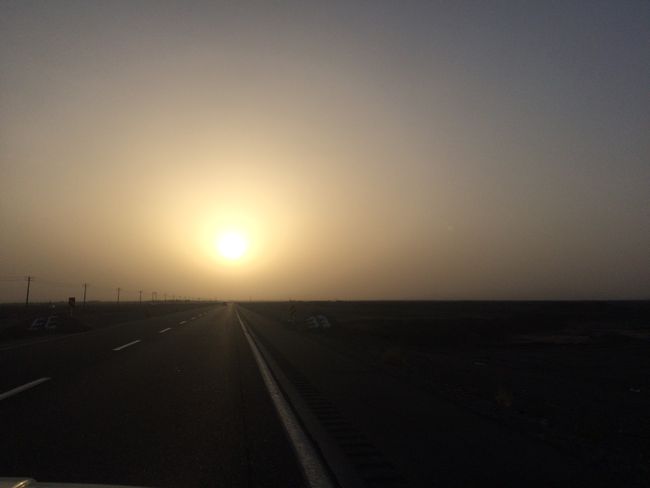
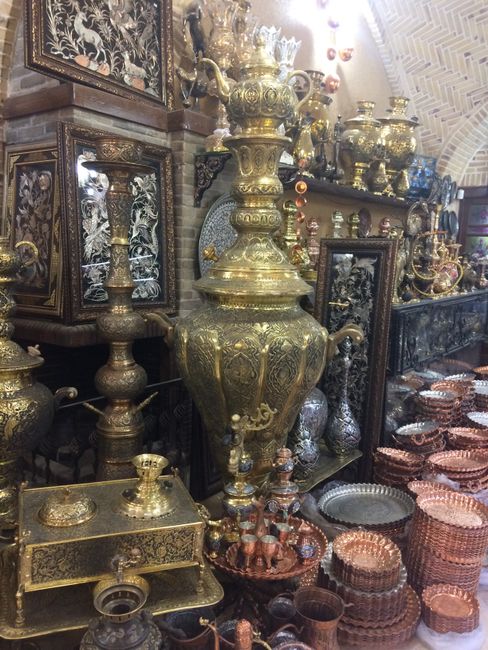
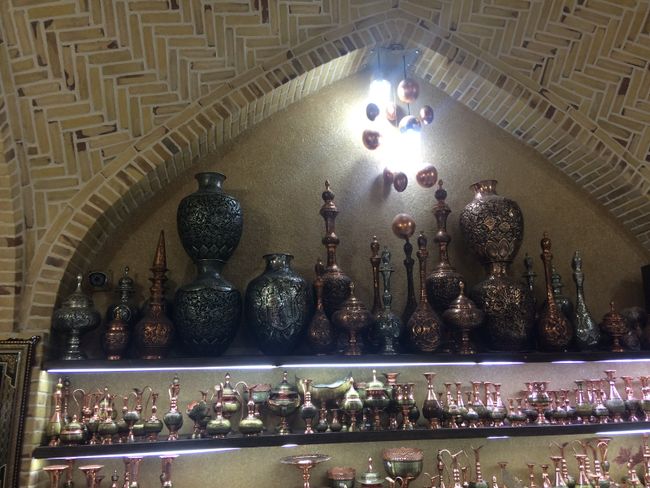
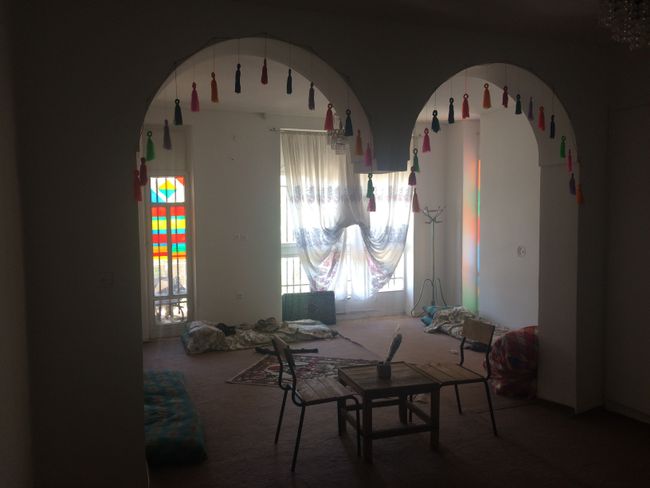
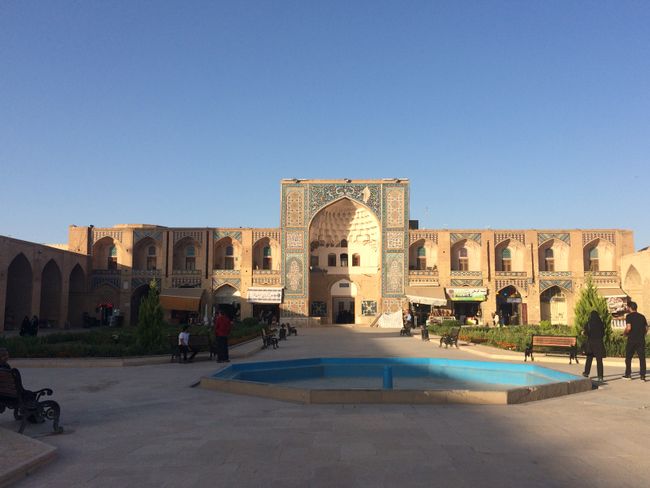
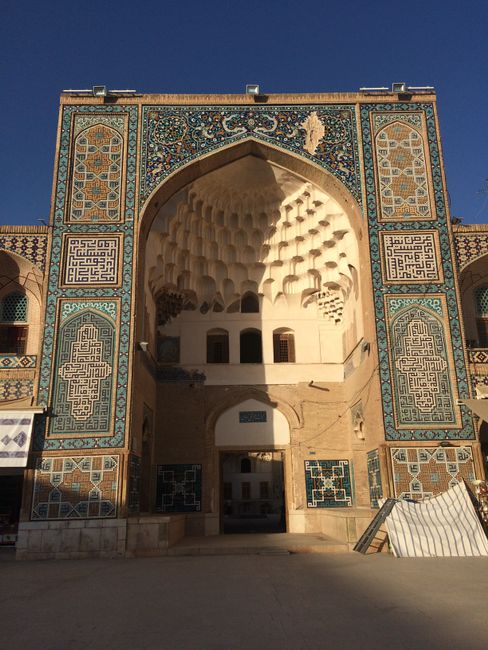
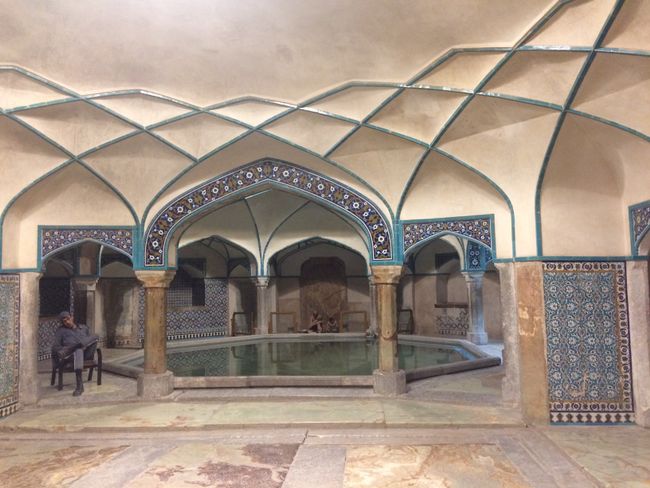
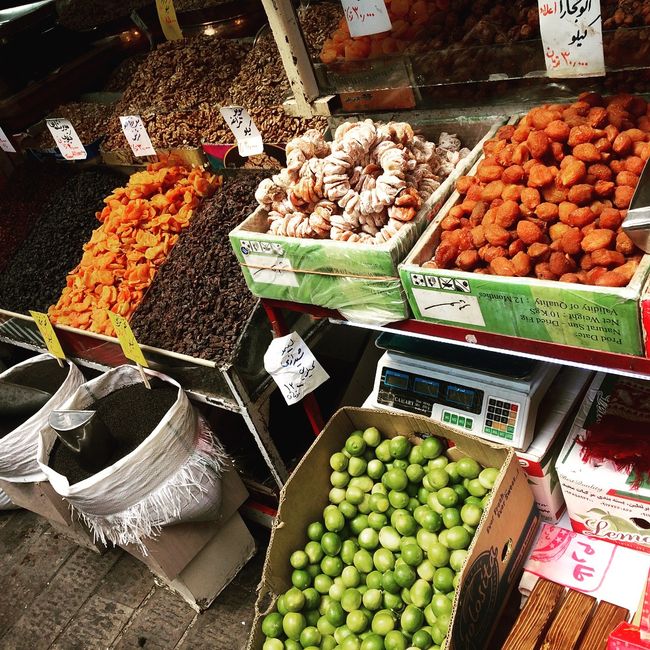
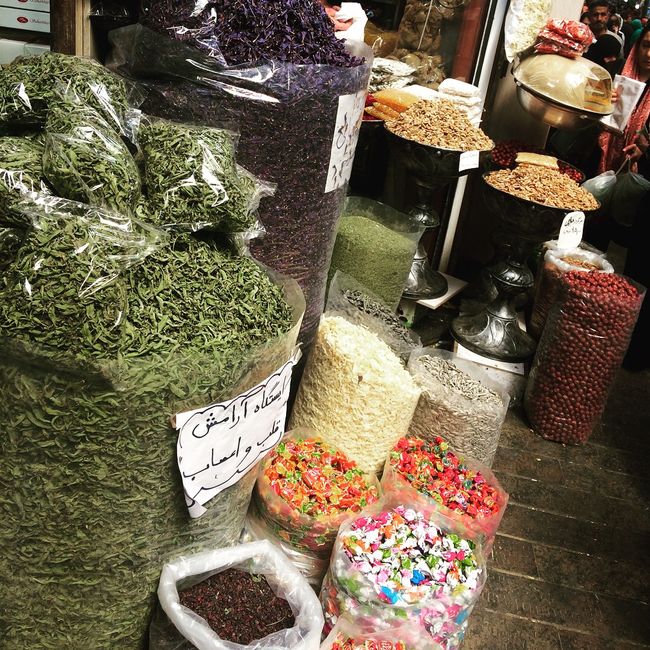
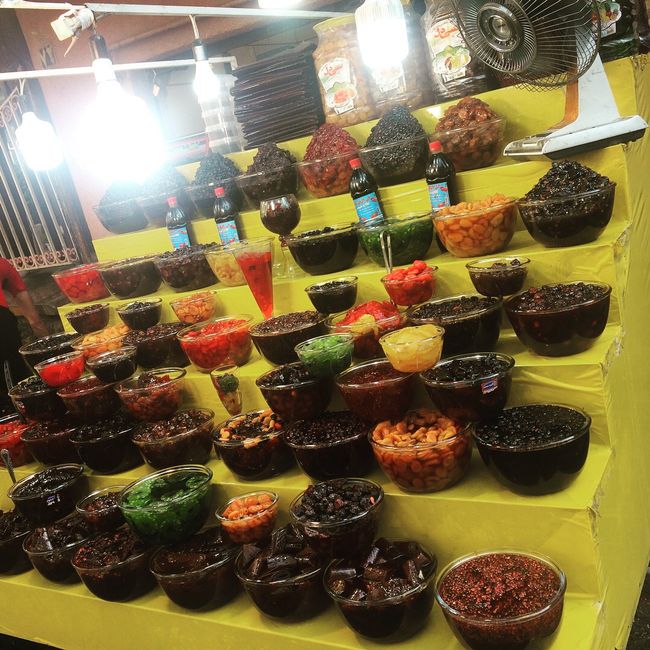
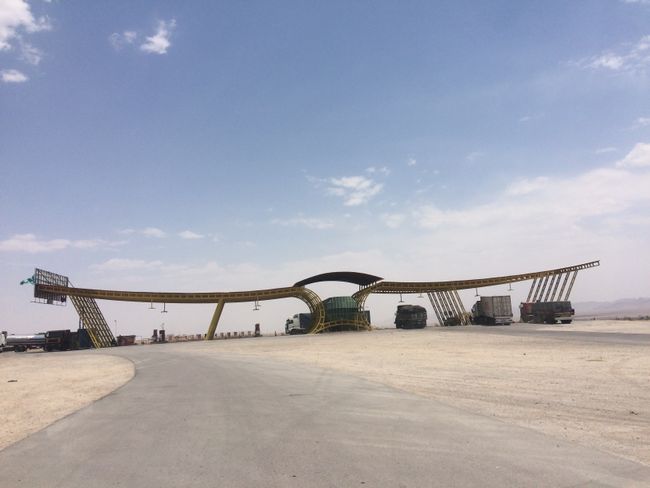
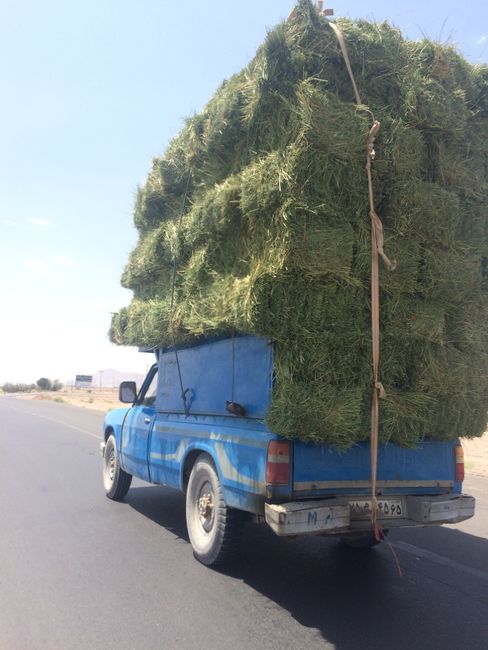
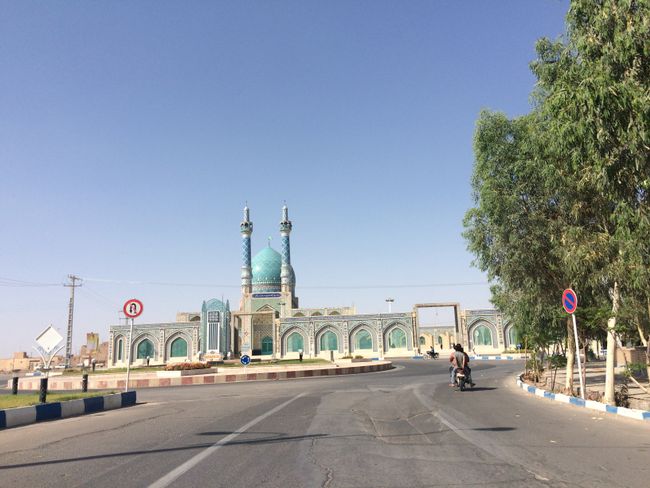
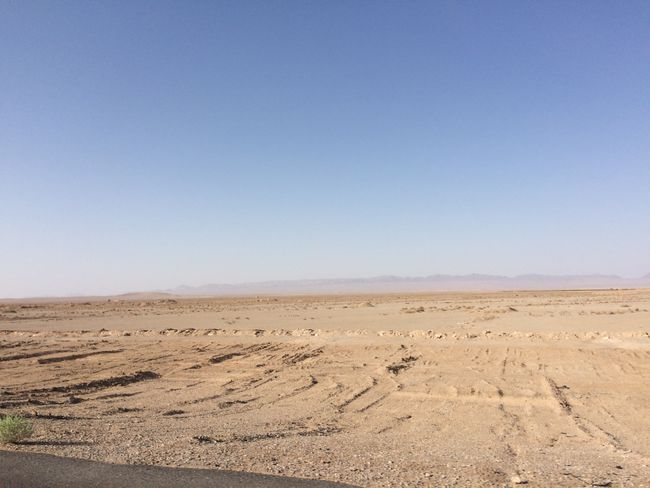
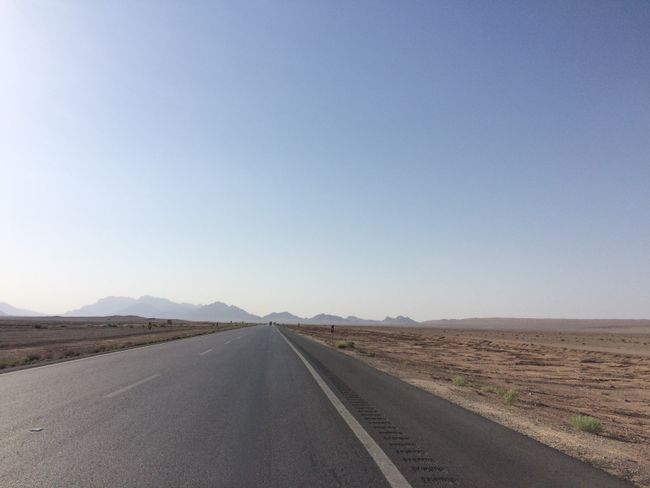
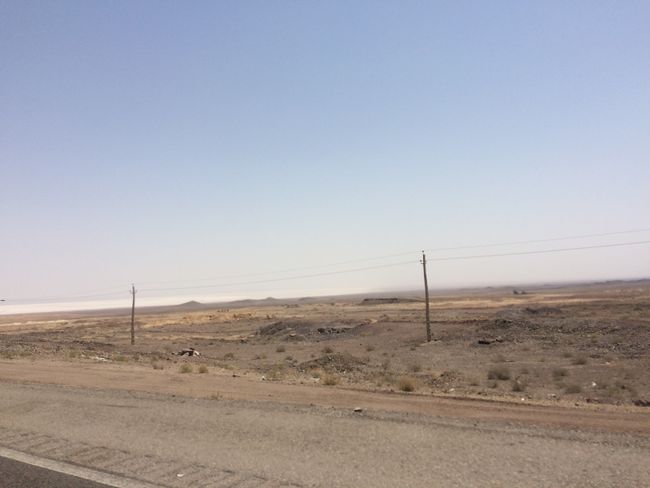
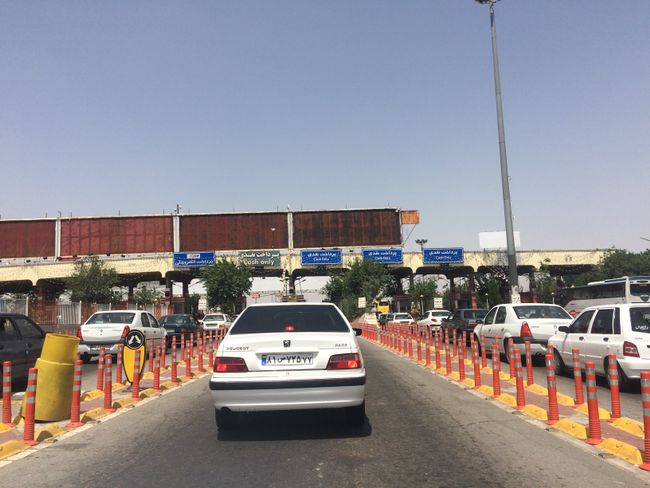
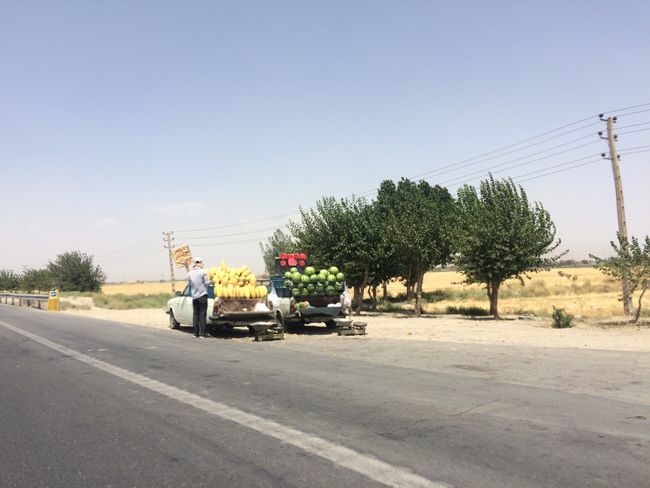
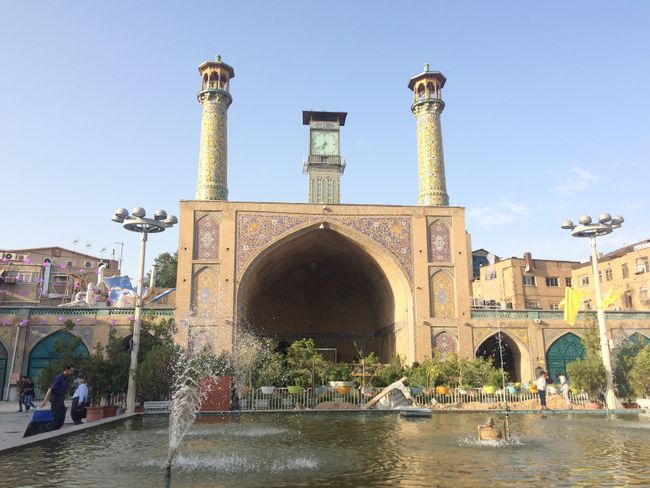
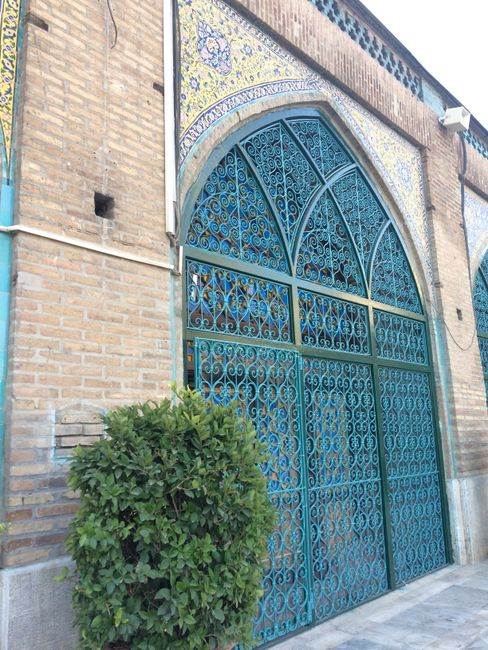
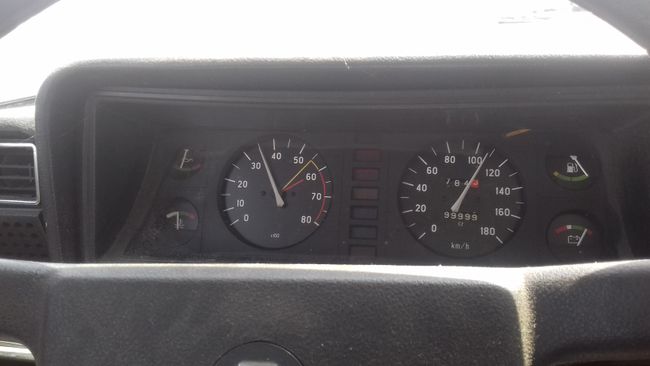
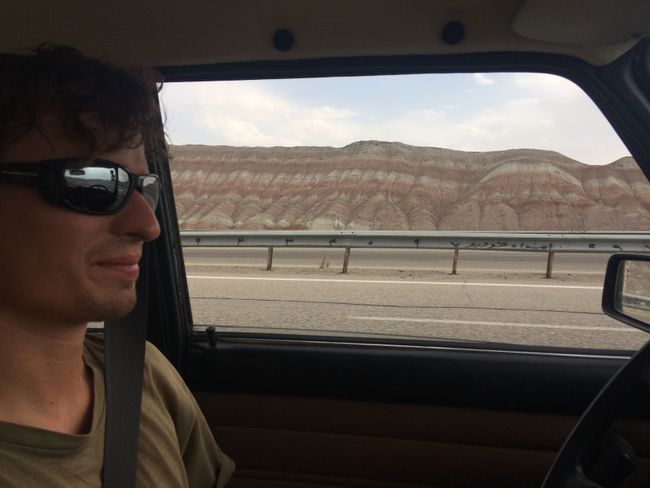
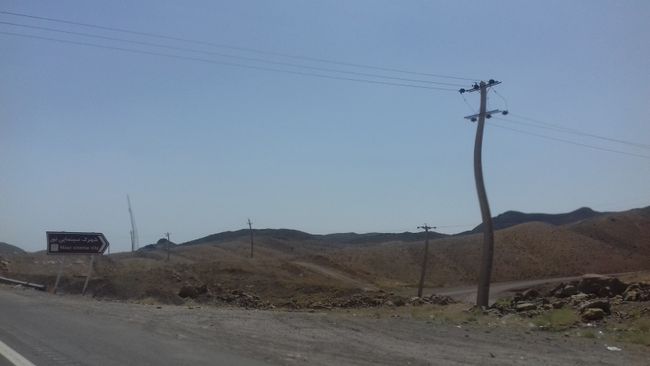
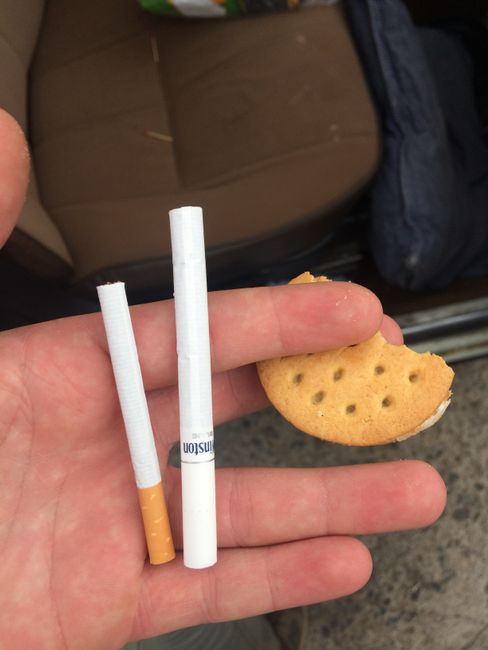
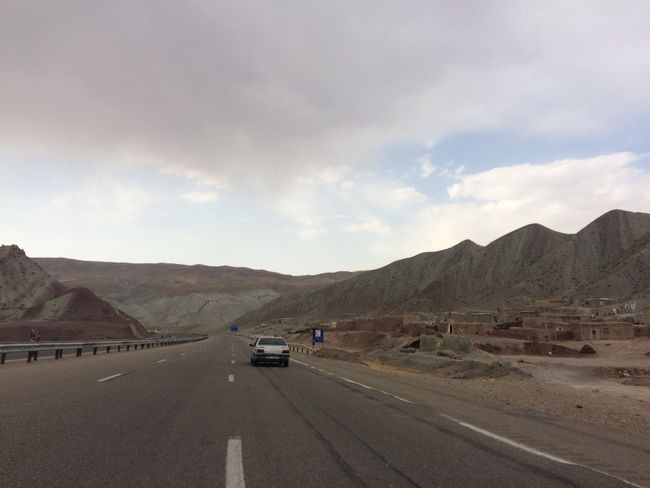
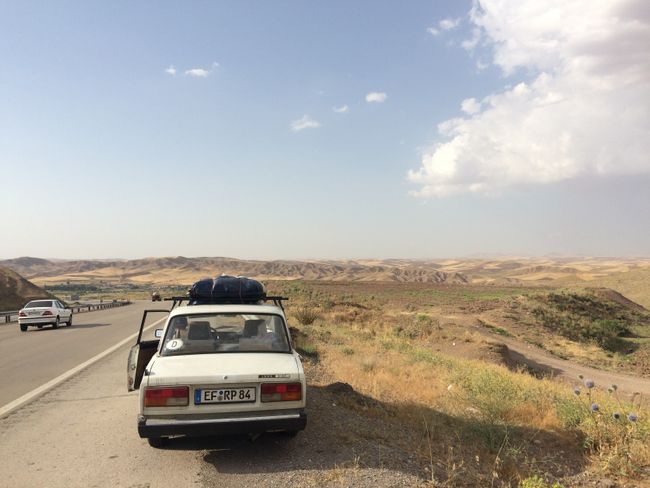
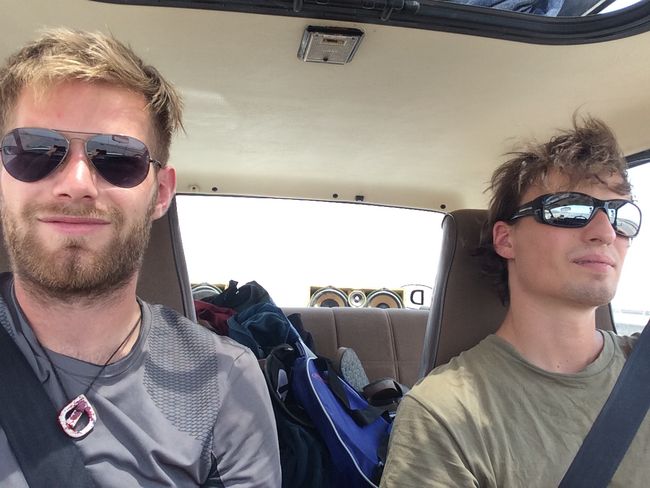
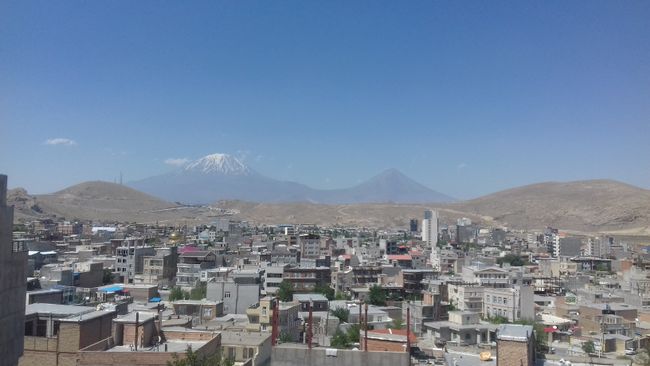
Prenumerera på nyhetsbrev
Contrary to our expectations that our car would be thoroughly searched, the crossing from Armenia to Iran went quite smoothly and without complications. Our trunk wasn't even opened. Although there were several bureaucratic hurdles to overcome, it was relatively easy as long as we had the necessary documents (visa/carnet de passages). After going through multiple stations (where nobody told us that we needed additional car insurance...) and passing all the checkpoints, we could officially consider ourselves visitors to Iran after about two hours. Since we had already assumed that our route through Iran would mainly consist of steppes, deserts, and barren rocks, the scenery didn't offer any big surprises at first. However, on the first evening, we had several exciting encounters that gave us a first impression of what to expect on an interpersonal level in the coming days. People waved at us from passing cars, and sometimes it turned into a short pause where we tried to communicate with each other. One of these situations led to our first evening in Tabriz. Escorted by two cars, we drove back and forth, then to the driver's house and afterwards to a park with a view over the entire city. We were asked to wait for his return with some treats, but the nice young man has been missing up to this moment. However, that was not a problem, as we were soon invited by another family (larger than in Germany) for tea and carpet. We were generously treated, inspected, and chatted with. As soon as the family finished their meeting, we were immediately involved in the next lively round, from which we were subsequently invited to spend the night in their house. Since it was already half past two in the night, we gratefully accepted the offer. After a good night's sleep, we set out to find an Iranian SIM card, as open Wi-Fi networks in Iran are rare. Whatever you plan to do, you need to bring time, be open to tea sessions, and be prepared to answer countless questions about everything. After some time, we finally got our SIM card in hand, or rather ready to use in the phone. The price for this was that we could only take care of our sleeping spot in the open air in the deepest twilight, which significantly affected its quality. A rest area! And what a rest area... Carousel, screaming children and adults(!), 4-star hotel, food stalls, a park, fountains, in short: lots of light and noise... Bull's eye! Woken up by the sun, the next morning we headed to Tehran, one of the largest cities on our route. The traffic system is well-structured and connected for the masses of cars, but sometimes it leads to chaos when trying to connect the navigation route planning on the phone with the road layout. However, three to four-lane one-way streets keep the traffic flowing smoothly with a variety of roundabouts, so we can say that driving in Tehran is more pleasant and less aggressive than in some other cities in Iran. Since we couldn't find a free place to sleep through different channels, we decided to look for one of the 15 hostels. On the second attempt to find a suitable accommodation, we succeeded. In addition to the basics that belong to every hostel, we found a place to retreat, wash clothes, and recharge our energy. In addition, we had more in-depth conversations with the hostel operators and various guests that went far beyond the usual Iranian small talk. Tehran itself is an incredibly huge city that offers an enormous number of historical and cultural sights. Even a month would hardly be enough to get a proper impression. Among other things, we managed to visit the mountains in the north. The path led along a stream that was framed by countless colorful shisha bars, cafes, and cozy restaurants, some of which extended into the stream itself. People smoking shisha sat on platforms in the middle of the water, which, together with the picturesque surroundings, exuded a delightful peace and serenity. In addition to the north of the city, our paths led us to the largest and most famous bazaar in the city, as well as to one or the other mosque. After almost a week in Tehran, our travel route continued through the desert-like landscapes of Iran towards the Pakistani border. Among other places, we stayed in Bam and Iranshahr, where we once again made exciting acquaintances and were received with unknown hospitality. Especially in Balochistan, the decision to find our own sleeping place was gladly taken out of our hands. However, some of the acquaintances who were older than us sometimes felt the need to make other decisions for us, which occasionally became too much for us. There is a noticeable age hierarchy, and younger people we came into contact with were significantly less intrusive and treated us as equals. Especially in Pishin, deep insights were given into the social structure, society, culture, as well as the old and current problems of Balochistan. All these impressions were too many and too intense to summarize them more extensively here. All in all, traveling through this region was the most impressive experience of our journey and has broadened our horizons the most.
Prenumerera på nyhetsbrev
Svar

